|
1200 B.C.
|
Underfloor heating used in palace of King Arzawa, Beycesutan, Turkey
|
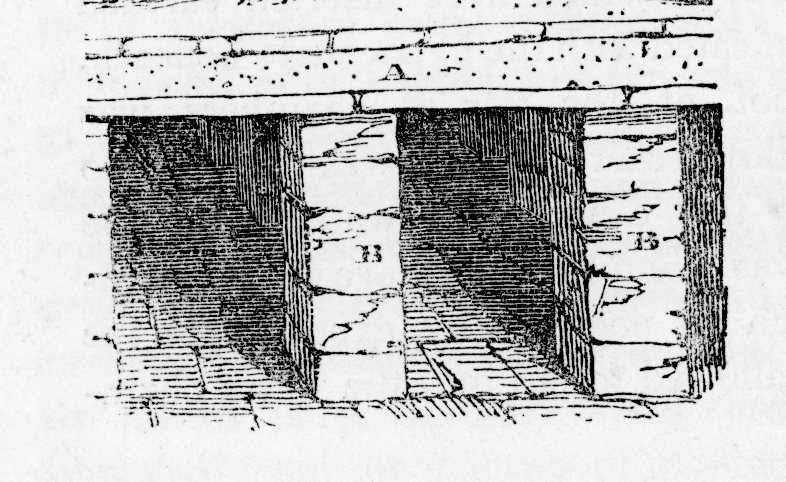 |
|
80 B.C.
|
Earliest development of Roman hypocaust by Gaius Sergius Orata. The hypocaust was an underfloor heating system used to heat public baths.
|
|
|
End of 3rd. Century B.C.
|
Philon of Byzantium invented an apparatus for measuring temperature.
|
|
|
200
|
Hot air heating system used by Heliogabalis
|
|
|
8th to 15th Centuries
|
Heating by central hearth (fireplace) in Northern European countries
|
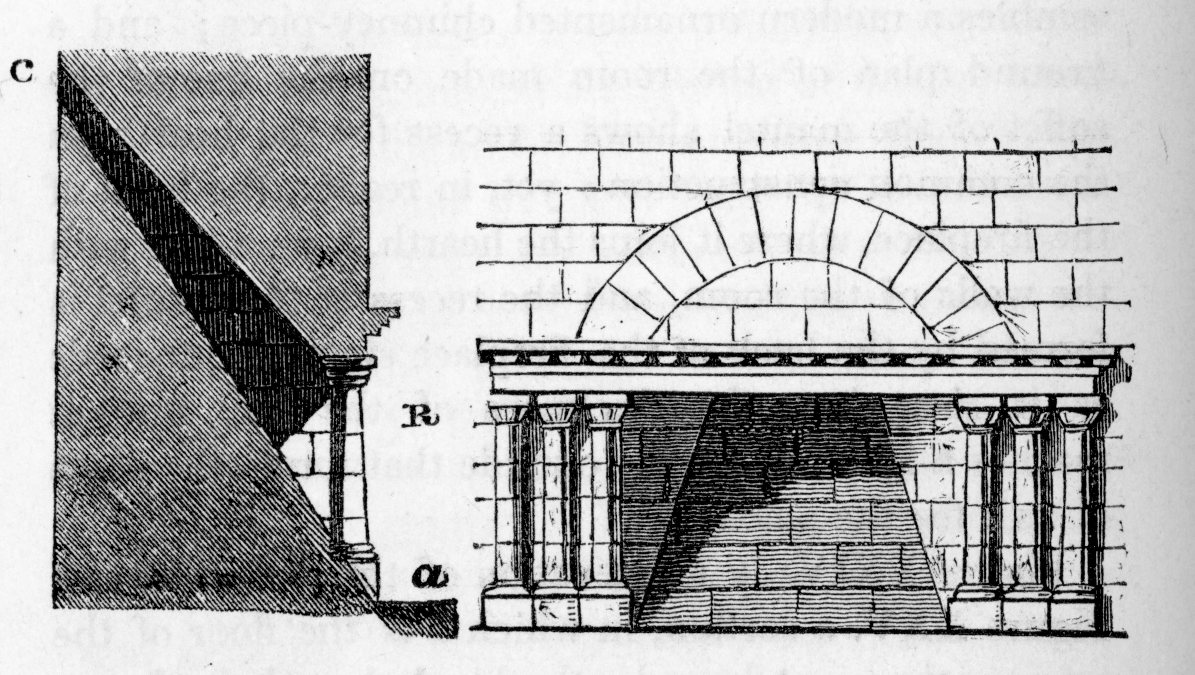
|
|
1347
|
Earliest written account of the use of a chimney, located in Italy
|
|
|
1550
|
Doctor, Blas Villafranca, mentioned process for cooling wine and water by adding potassium nitrate
|
|
|
1556
|
Georgius Agricola - publishes de re Metallica, describing ventilation of mines in Saxony and Brittany by manually operated circular fans and fires at the base of the mine shafts
|
|
|
About 1597
|
Galileo’s ‘air thermoscope’
|
|
|
Beginning of 17th Century
|
Francis Bacon gave several formulae for refrigeration mixtures
|
|
|
1600 to 1664
|
Louis Savot introduces the fireplace grate. He also was the first to develop rules for proportioning the size of a fireplace. Savot designed a jacketed fireplace that allowed air to circulate around the fireplace, heating it in the process
|
|
|
1624
|
The word thermometer first appears in literature in a book by J. Leurechon, La Recreation Mathematique
|
|
|
1631
|
Rey proposed a liquid thermometer (water)
|
|
|
Mid 17th Century
|
Alcohol thermometers were known in Florence
|
|
|
1653 to 1660
|
Sir Hugh Platt publishes Jewel House when he proposes the use of hot water for the drying process in gunpowder mfg. Platt also publishes the Garden of Eden where he describes using steam as a medium for heating the air of a room
|
|
|
1657
|
The Accademia del Cimento, in Florence, used refrigerant mixtures in scientific research, as did Robert Boyle, in 1662
|
|
|
1662
|
Robert Boyle established the law linking pressure and volume of a gas a a constant temperature; this was verified experimentally by Mariotte in 1676
|
|
|
1665
|
Detailed publication by Robert Boyle with many fundamentals on the production of low temperatures.
|
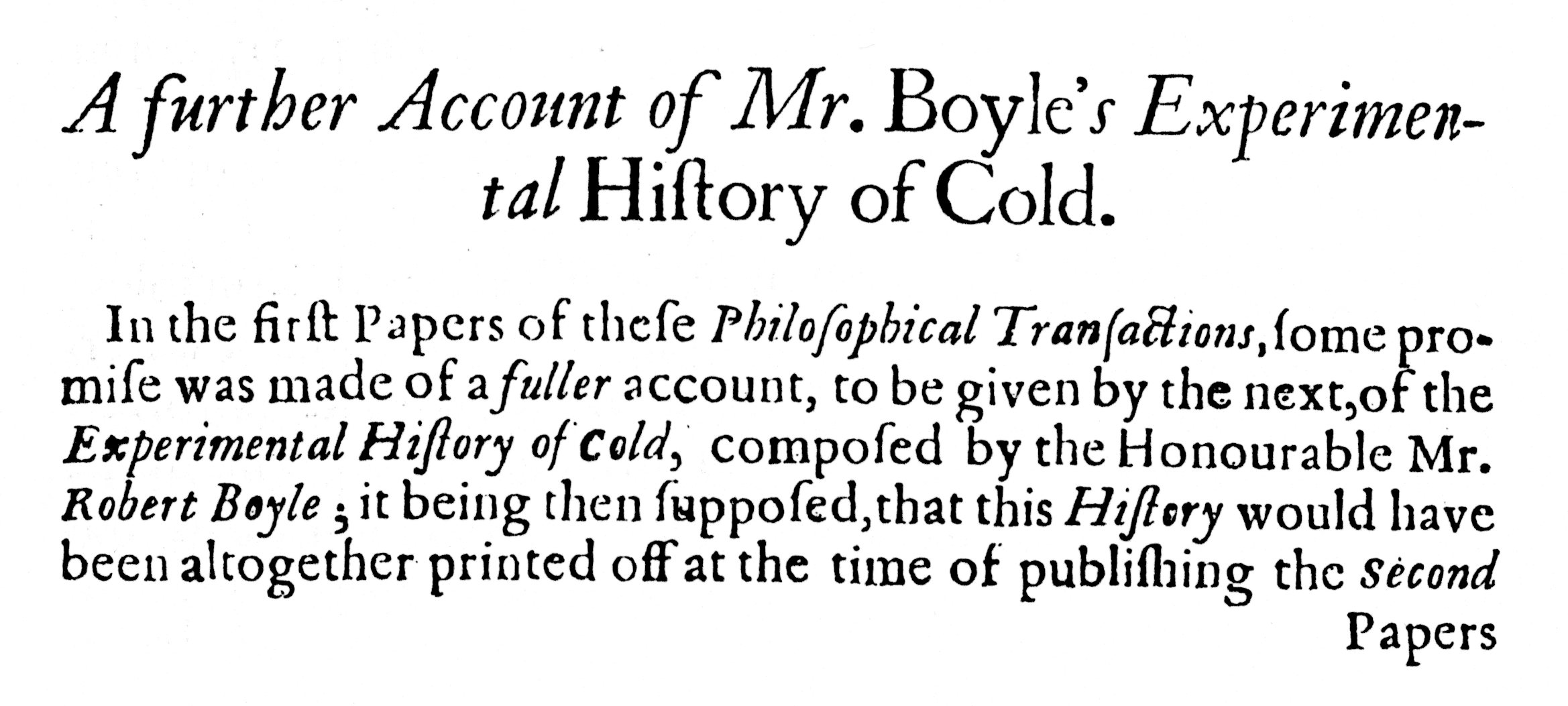
|
|
1685
|
Philippe Lahire obtained ice in a phial by enveloping it in ammonium nitrate
|
|
|
1697
|
G.E. Stahl introduced the notion of “phlogiston.” This was replaced by Lavoisier, by the “calorie.”
|
|
|
1702
|
Guillaume Amontons improved the air thermometer; foresaw the existence of an absolute zero of temperature
|
|
|
1713
|
Nicholas Gauger: La Mechanique Du Feu - Empirical analysis on the improvement of fireplace design said to be the "Beginning of the theory of ventilation." Translated into English by Dr. John Desaguliers in 1716
|
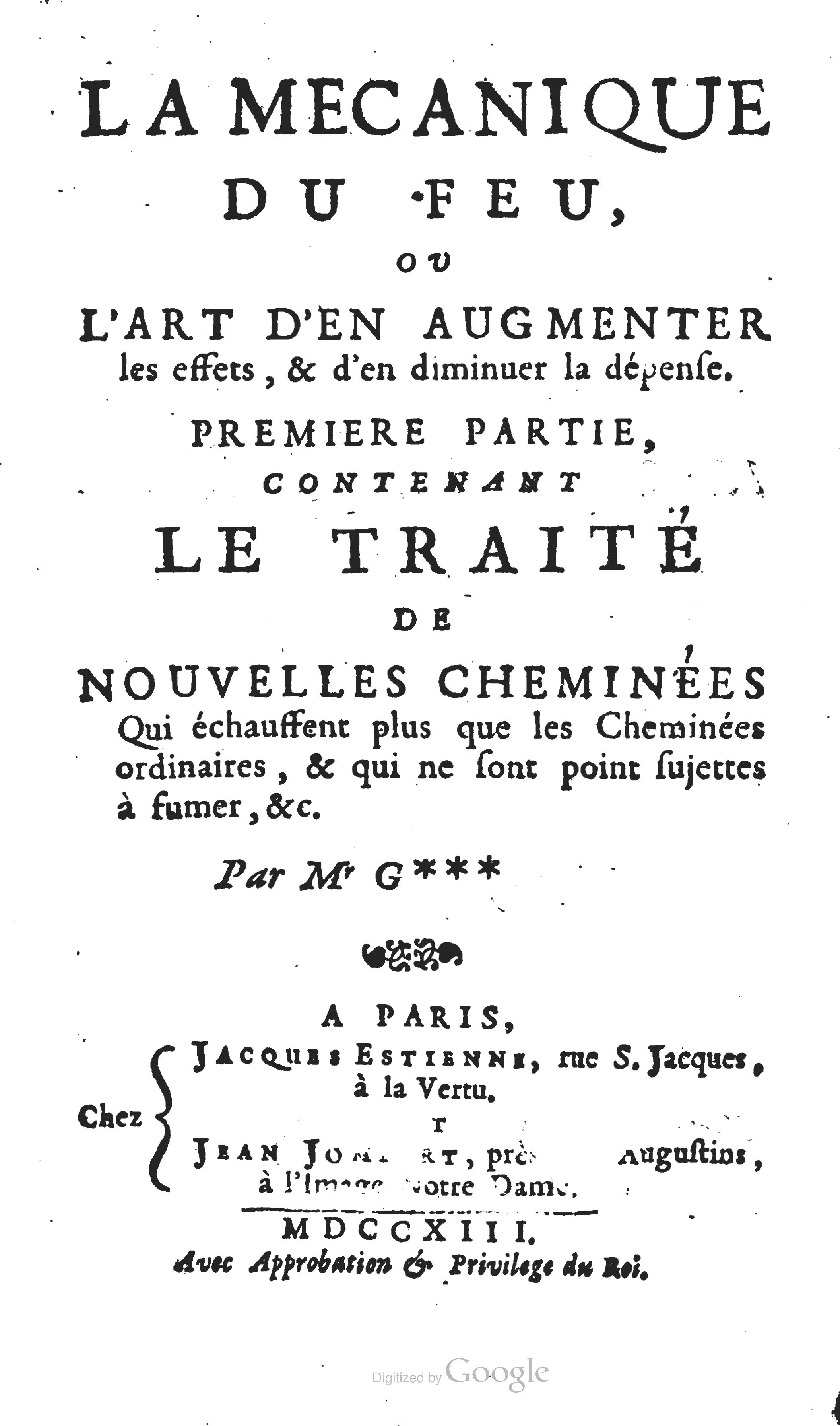
|
|
1715
|
Gabriel Daniel Fahrenheit developed mercury thermometer
|
|
|
1716
|
1716 Sir Martin Triewald: Greenhouse heating by hot water
|
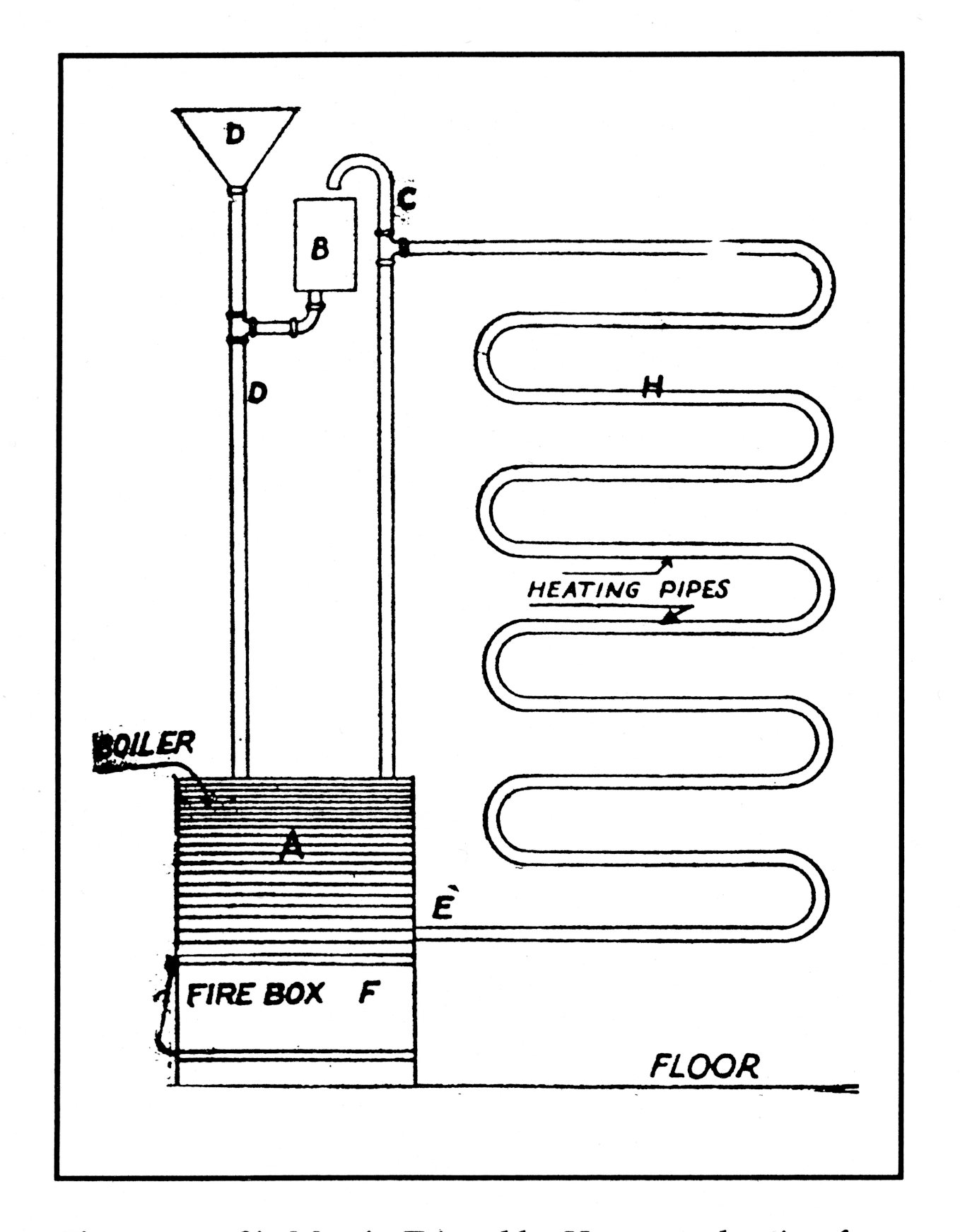
|
|
1730
|
Reamur introduced his scale on an alcohol thermometer
|
|
|
1736
|
Dr. John Desaguliers introduces his fanning wheel (a hand operated centrifugal blower) to ventilate the House of Commons
|
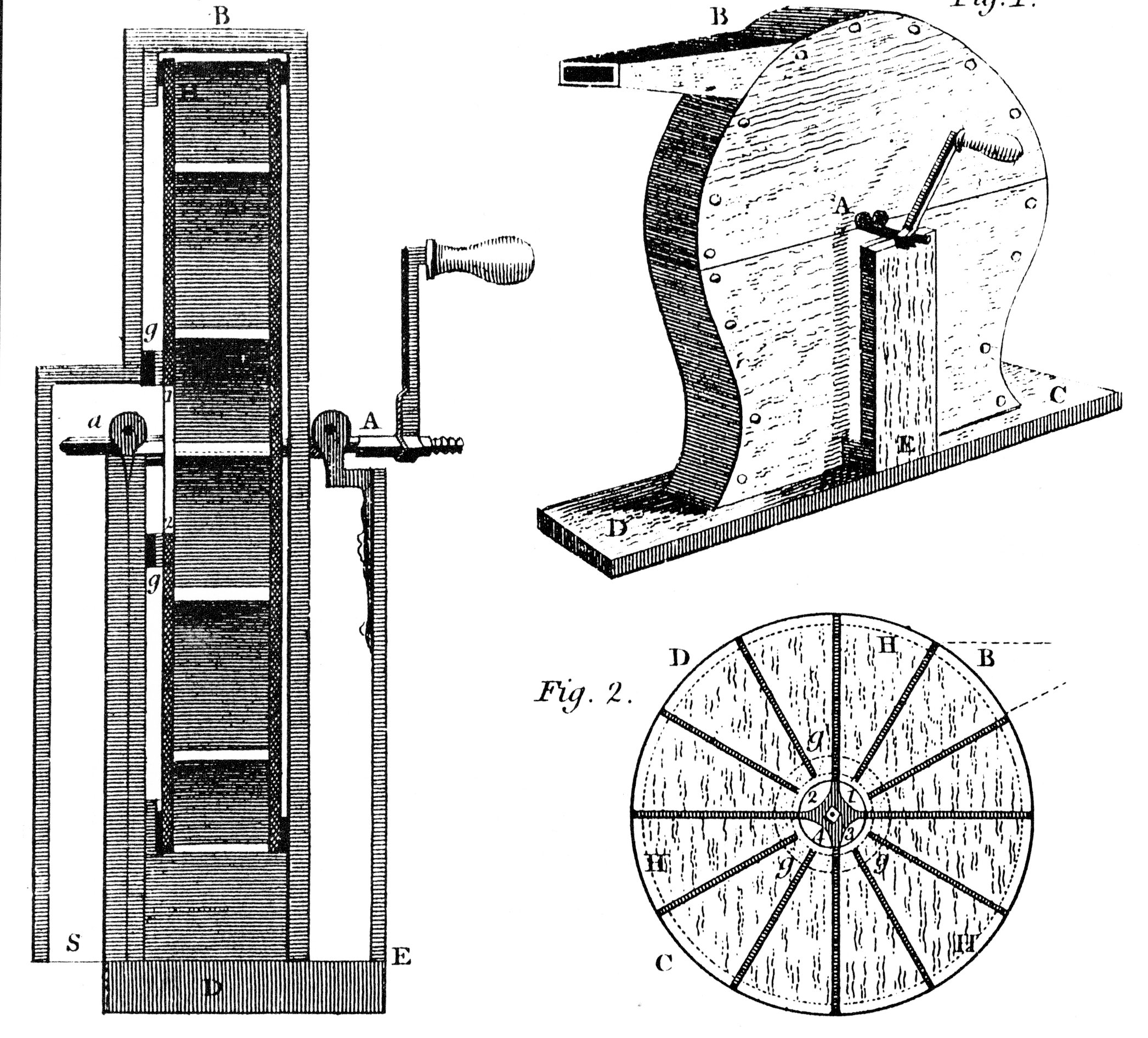 |
|
1742
|
Anders Celsius developed Centigrade Temperature Scale, later renamed Celsius Temperature Scale
|
|
|
1745
|
Col. William Cook: Method of steam heating for warming rooms presented to the Royal Society of London
|
|
|
1745
|
Benjamin Franklin publishes paper on new invention, the Pennsylvania Fireplace
|
|
|
1748
|
G. Richmann presented papers on experiments with cold At St. Petersburg Academy of Sciences
|
|
|
1755
|
William Cullen of Glasgow, Scotland produced cold from fluids evaporated by a vacuum pump.
|
|
|
1755
|
Hoell noted the strong cooling rate when expanding air in a cylinder (more exact tests by Wilcke in 1770)
|
|
|
1758
|
Rev. Stephen Hales publishes Treatise on Ventilators. His main concern is with ventilation on ships by using inject/exhaust pumps similar to blacksmith bellows
|
|
|
1760
|
Von Braun, in Petersburg, froze mercury, using a refrigerant mixture
|
|
|
1761
|
Joseph Black introduced the notion of latent heat
|
|
|
1766
|
John Blakey introduces the first water tube boiler
|
|
|
1774
|
Joseph Priestley isolated ammonia and noticed its great affinity for water
|
|
|
1777
|
M. Bonneman Paris: First use of hot water to thermostatically heat an incubator for hatching chickens
|
|
|
1779
|
J.H. Lambert (posthumous note) stated that -270 degrees C was the absolute zero
|
|
|
1783
|
Laplace suggested that heat was due to movement of molecules of matter
|
|
|
1783
|
Sir Hugh Platt attempts to heat by steam
|
|
|
1784
|
Clouet and Monge liquefied a gas (sulfur dioxide) for the first time using low temperatures
|
|
|
1787
|
J.A.C. Charles showed that all gases, at constant pressure, had the same coefficient of expansion (shown precisely by Gay Lussac, in 1802)
|
|
|
1787
|
Martinus van Marum liquefied ammonia, by compression
|
|
|
1788
|
Publications by Blagden on experiments for subcooling water and freezing point depression of hydrous solutions
|
|
|
1788
|
James Rumsey designs the first successful water-tube boiler and coil type boiler.
|
|
|
1793
|
Lowitz obtained -50 C by a mixture of snow and calcium chloride
|
|
|
1798
|
Benjamin, Count of Rumford, Essays. Further studies on fireplace design, roasters, baths, etc., theories of heating, thermal conductivity of building materials, etc. Develops first conclusive evidence that heat is not a substance
|
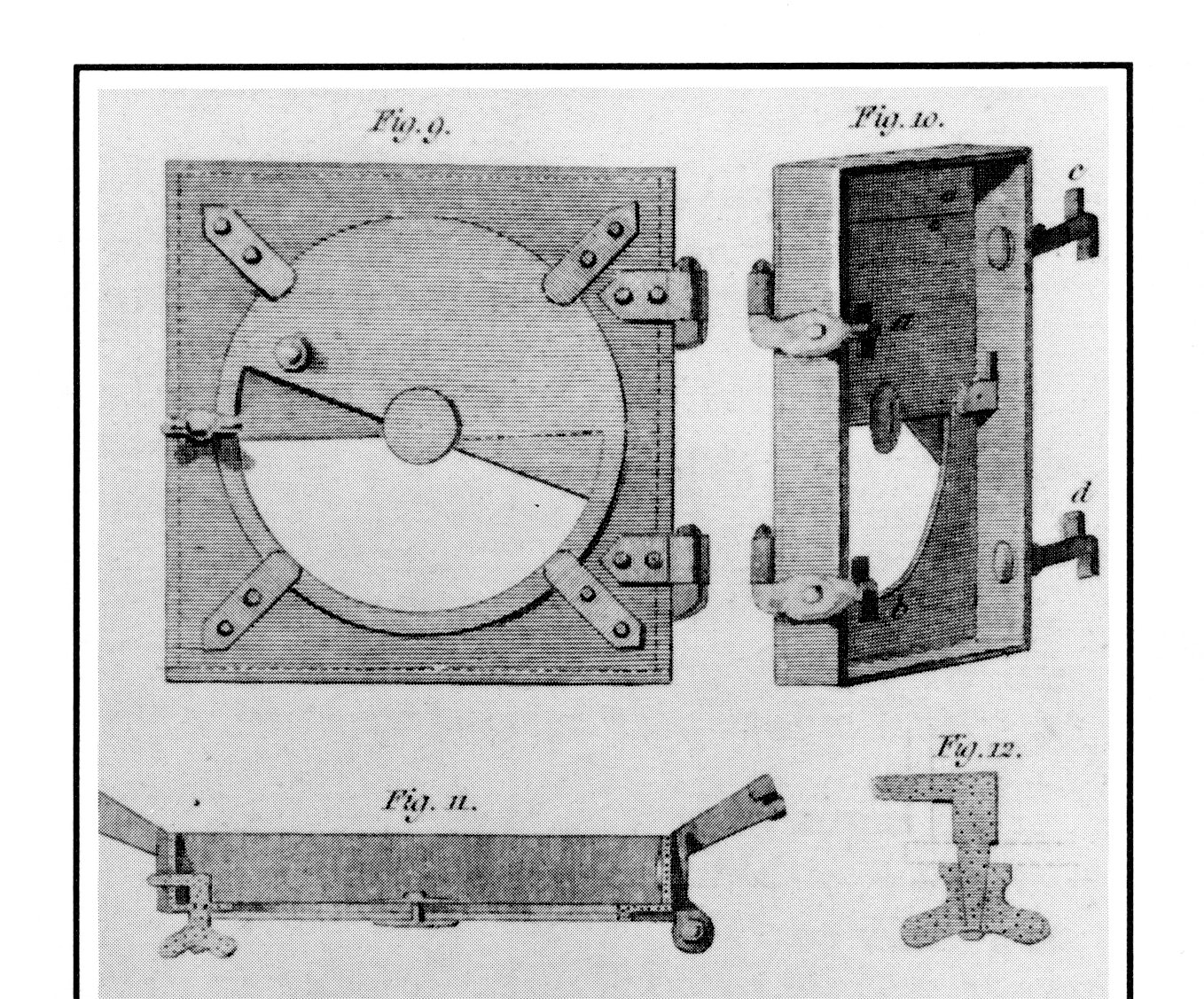
|
|
1799
|
Fourcroy and Vauquelin liquefied ammonia, at atmospheric pressure (the experiment was repeated by Guyton de Morveau in 1804)
|
|
|
1803
|
Dalton announced his “law of partial pressures”
|
|
|
1803
|
Thomas Moore of Maryland received US patent for refrigerator. First patent issued in US on refrigeration.
|
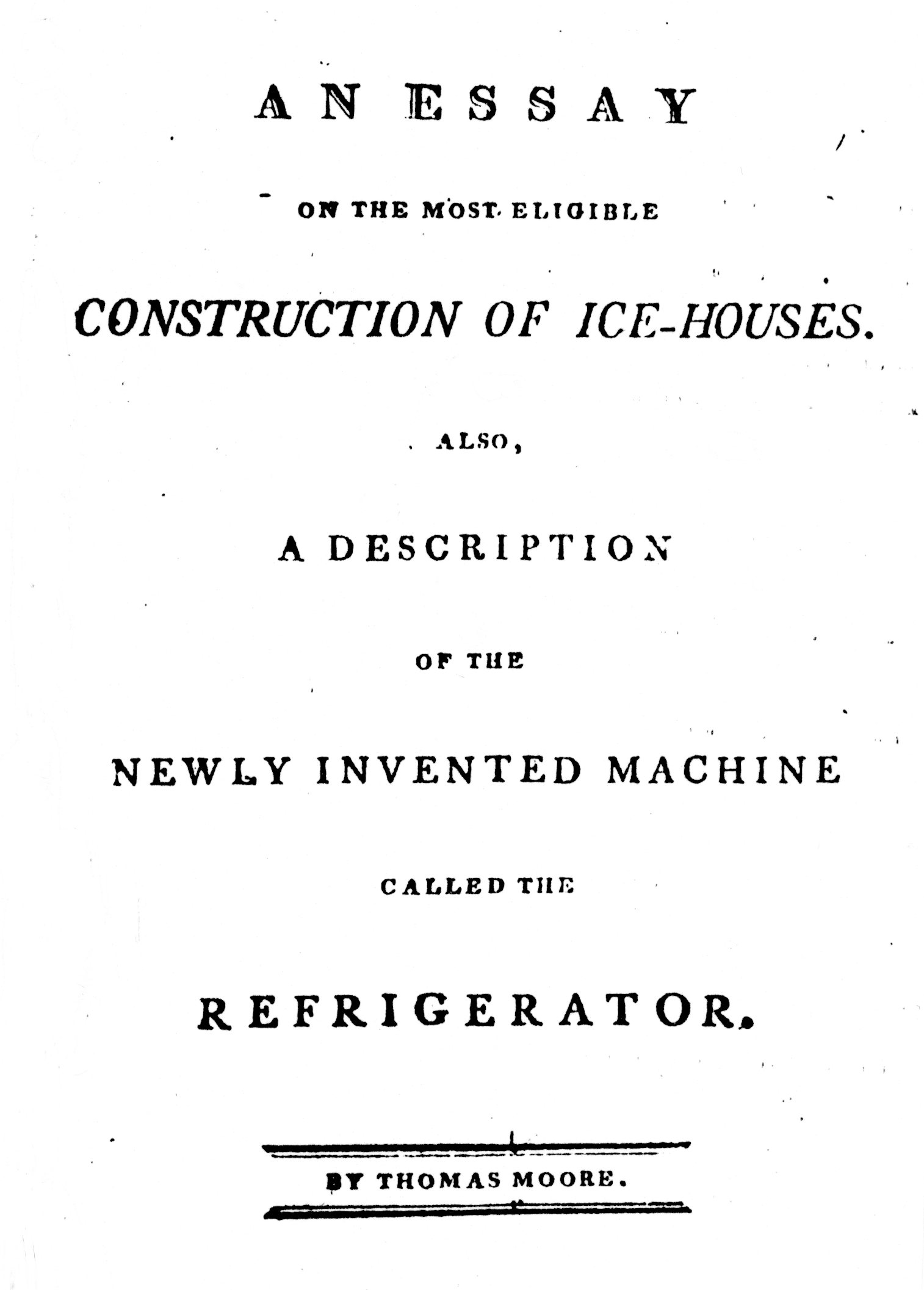 |
|
1805
|
Oliver Evans proposed a closed cycle vapor compression refrigeration system in The Young Steam Engineer’s Guide
|
|
|
1805
|
Frederic Tudor, Boston, founded the natural ice industry.
|
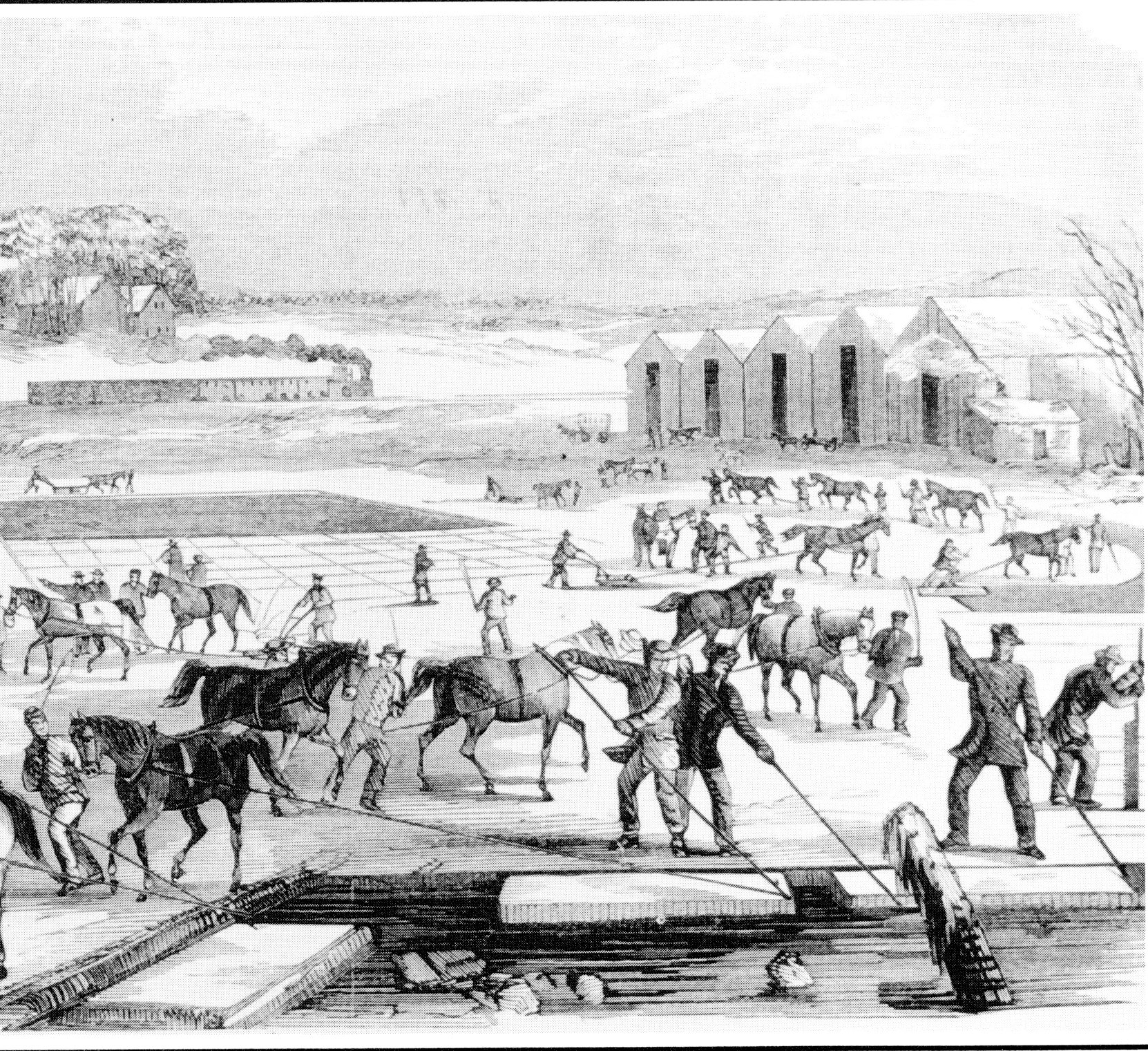 |
|
1810
|
Robertson Buchanan: Essay on the Economy of Fuel and the Management of Heat
|
|
|
1821
|
Seebeck discovered the thermoelectric effect for generation of electricity
|
|
|
1821
|
Jacques Berard – Experiments on storage of fruits in various gas mixtures
|
|
|
1822
|
Cagniard de la Tour introduced the notion of critical temperature
|
|
|
1823 (and following years)
|
M. Faraday liquefied a series of gases, including chlorine, SO2, CO2, H2S, NH2, nitrous oxide
|
|
|
1823
|
John Leslie constructed a vacuum/absorption freezing apparatus in England.
|
|
|
1824
|
Sir Thomas Tredgold: Principles of Warming and Ventilating. Theory of fresh air requirement 4 cfm/person
|
|
|
1824
|
Sadi Carnot, “Reflections on the motive power of fire, and on machines which can develop this power” (concept that all thermal power cycle efficiency is limited by the temperature difference between the source and the sink).
|
|
|
1829
|
Nathaniel Wyeth received US patent for a horse drawn ice Cutter.
|
|
|
1830
|
Bi-metal type thermostat invented by Andrew Ure
|
|
|
1831
|
Angier M. Perkins: English patent for high temperature/pressure hot water heating system
|
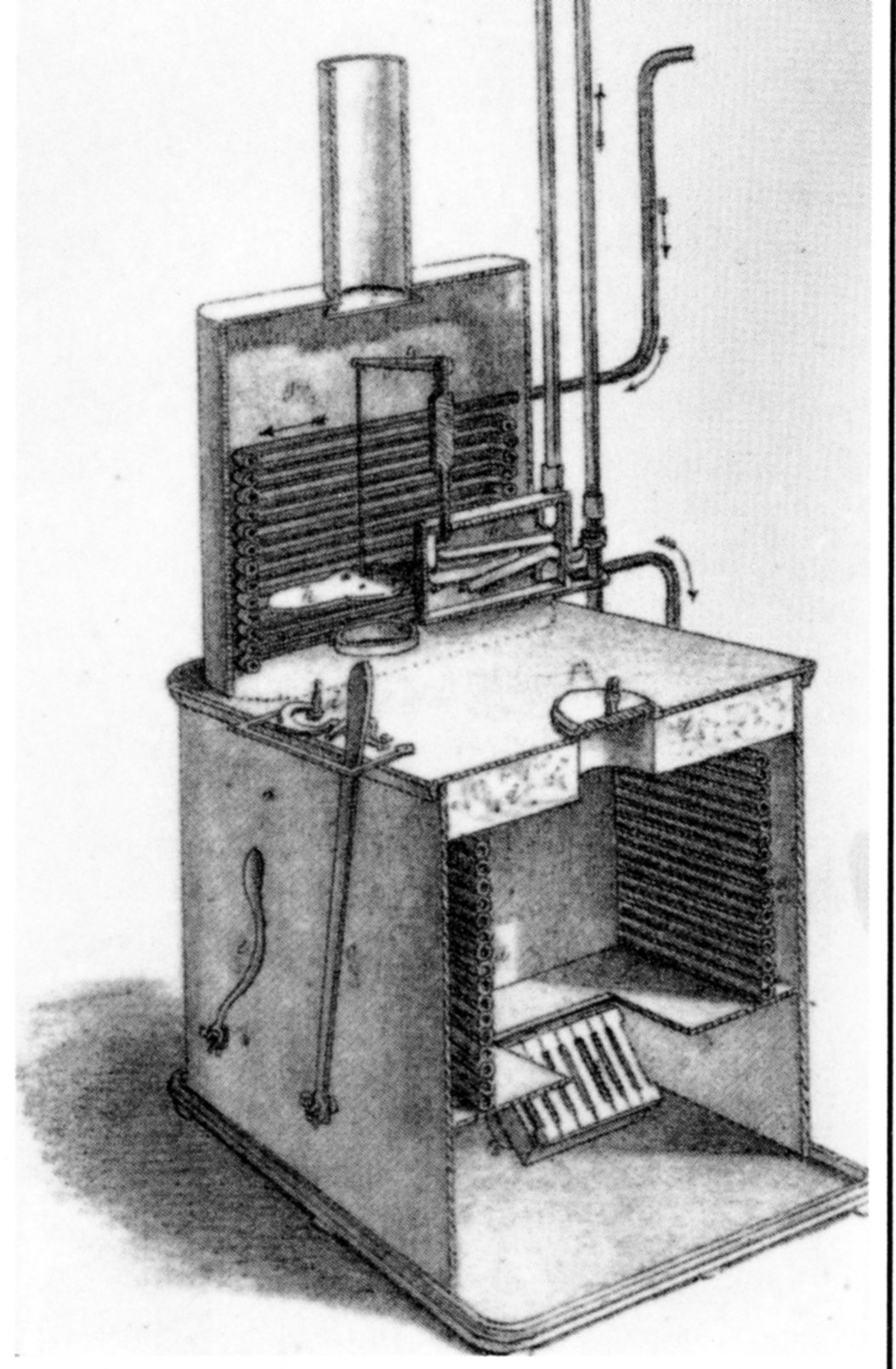 |
|
1830’s
|
Baseboard heating used with Perkins hot water system
|
|
|
1833
|
Base-burner stove patented by Eliphalet Nott
|
|
|
1834
|
Jacob Perkins patents mechanical refrigeration machine.
|
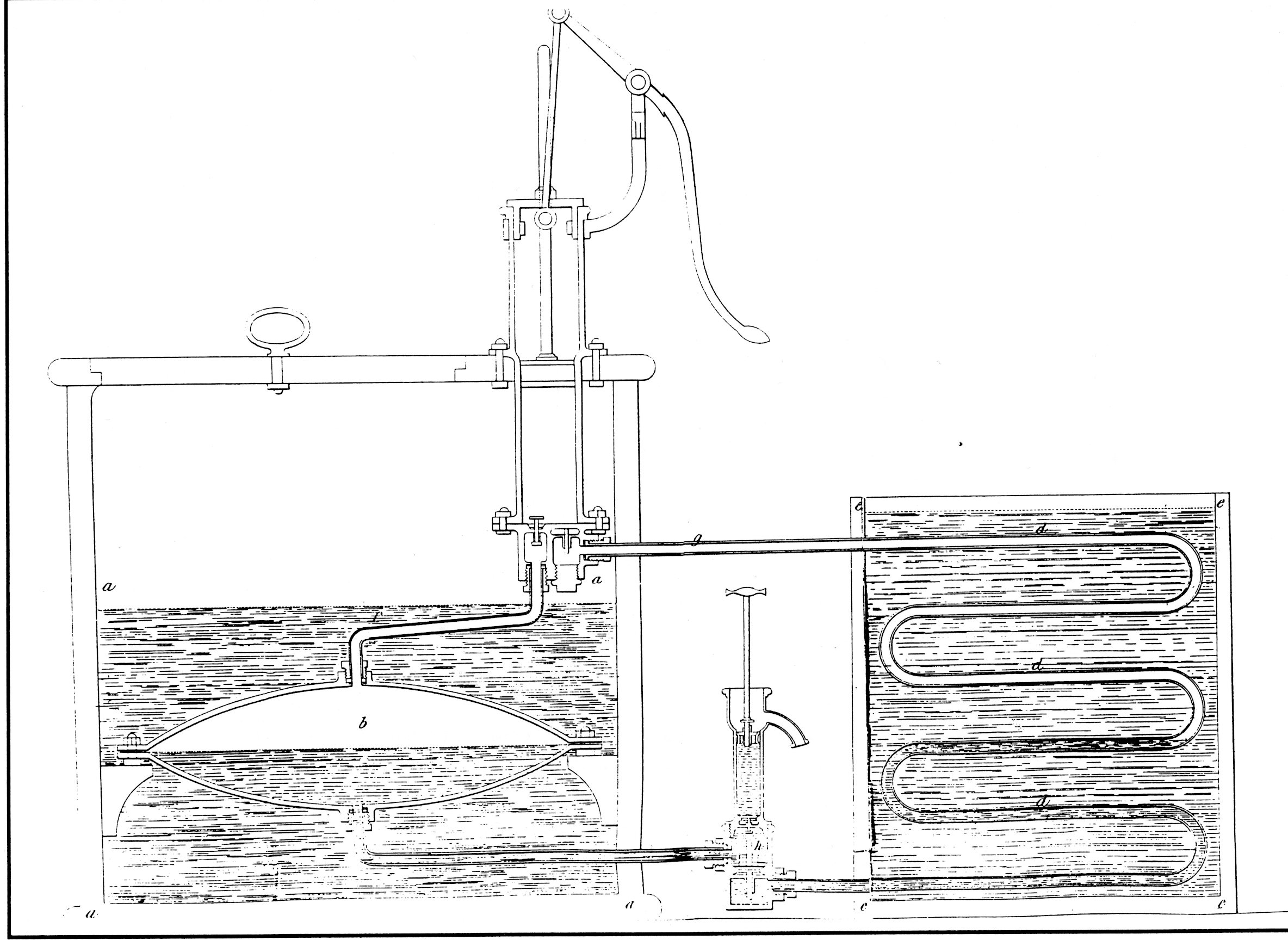 |
|
1834
|
Thilorier solidified carbon dioxide
|
|
|
1834
|
Peltier described the heating effects of electricity (thermoelectricity) and discovered the reduction of temperature by the thermoelectric effect
|
|
|
1835
|
Warm air furnace manufactured in Worcester, Massachusetts
|
|
|
1835
|
Thilorier first produces dry ice
|
|
|
1837
|
Charles Hood: Published A Practical Treatise -on Warming Buildings by Hot Water, first book on heating by hot water
|
|
|
1842
|
Dr. John Gorrie proposes comfort cooling of homes, and entire cities in the South using mechanical refrigeration.
|
|
|
1843
|
Jean Claude Eugène Péclet publishes second edition of Traité de la chaleur, considérée dans ses applications (Heat considered in its applications) that included topics on heating systems and heat transmission
|
|
|
1843
|
J.P. Joule – Experiments and report on the mechanical equivalent of heat
|
|
|
1844
|
Dr. John Gorrie proposes an air-cycle refrigerating machine for making ice. (British patent 13234, 1850; US patent 8080, 1851.
|
|
|
1846
|
Forced air heating system in US installed in US Custom House in Boston
|
|
|
1847
|
H. Helmholz. Paper on conservation of energy
|
|
|
1848
|
Dr. David Boswell Reid proposes air-conditioning in British House of Parliament using cool well water and by ice and deodorizing bactericides
|
|
|
1848
|
Alexander Catlin Twining began experiments with vapor- compression refrigeration and ice making . Caveat filed with US Patent Office in 1849. British Patent 13167 of 1850. US Patent 10,221 of 1853
|
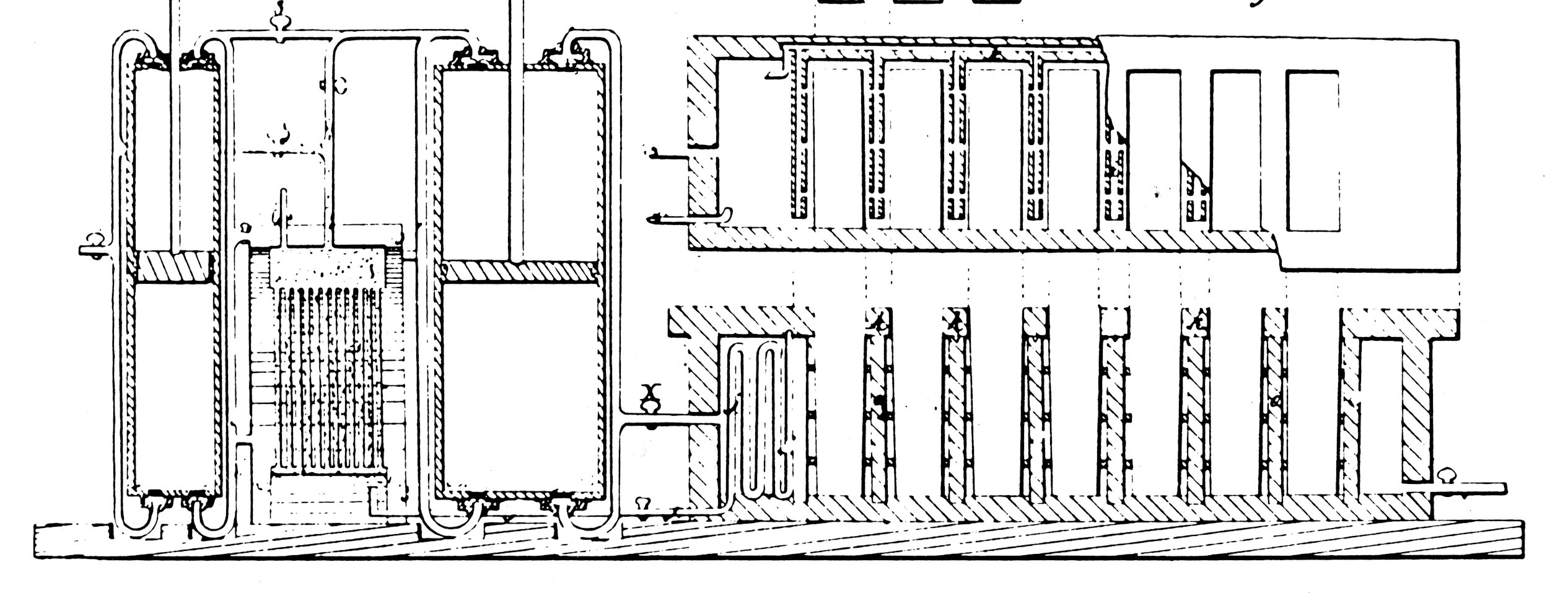
|
|
1849
|
Charles Piazzi Smyth presents results of experiments with air-cycle refrigeration to Royal Society of Edinburgh
|
|
|
1850
|
Alexander Twining proposes carbon dioxide as a refrigerant in British Patent 13167 of 1850.
|
|
|
1850
|
R.J.E. Clausius put forward the modern version of Carnot’s Principle and introduced the notion of entropy (the word was not used until 1865)
|
|
|
1852
|
William Thomson (Lord Kelvin) introduced the thermodynamic scale of temperature and described the concept of a “heat pump,” for heating a house
|
|
|
1854
|
James Harrison began experimenting with vapor compression for ice making in Victoria, Australia. Victoria Patent 25/55 in 1855. British Patents 747 of 1856 and 2362 of 1857. A dozen of his machines were in operation in 1861.
|
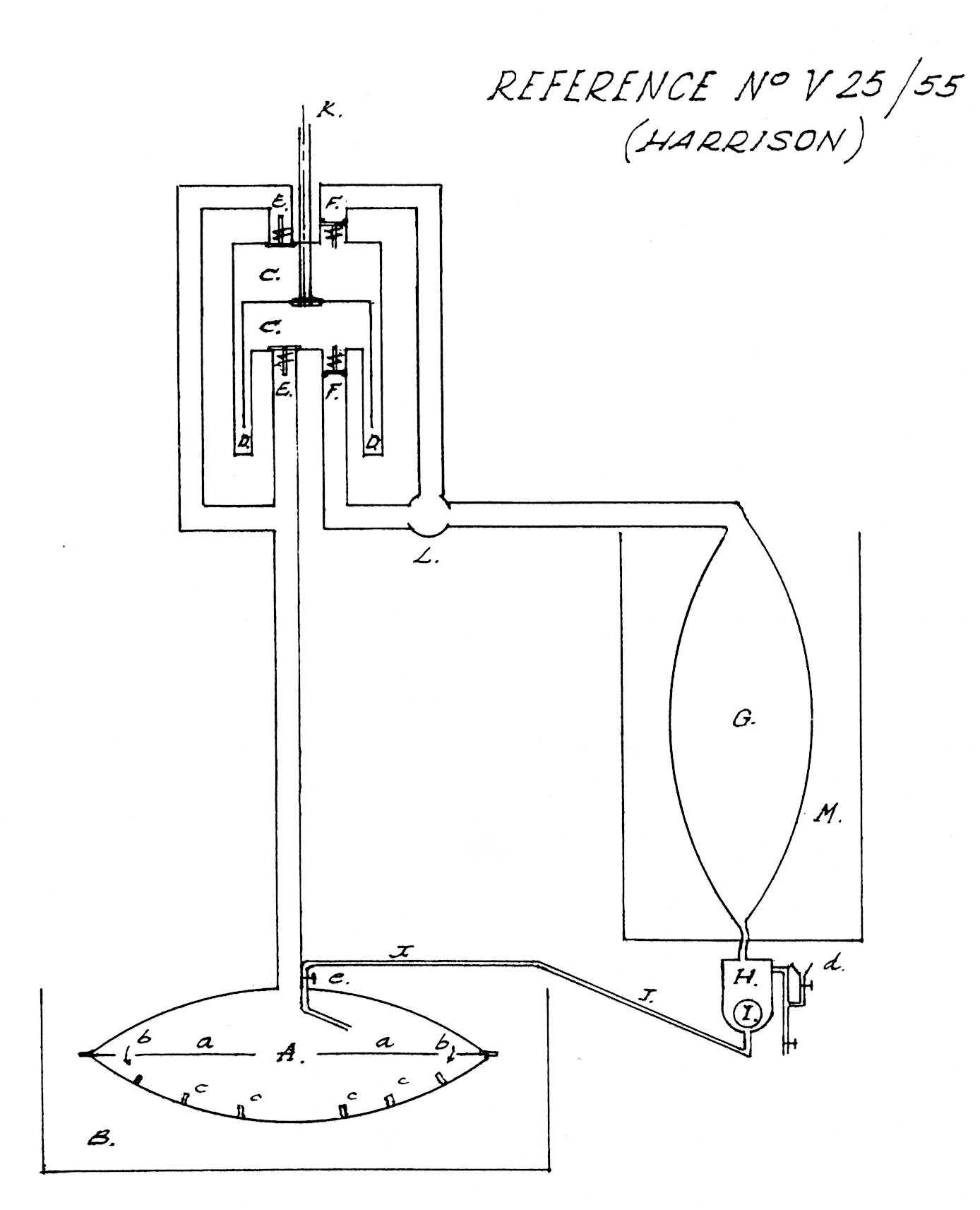 |
|
1855
|
von Rittinger (Austria) – Installation of mechanical vapor recompression heat pump for salt production
First commercial ice making plant using vapor compression refrigeration constructed in Cleveland, Ohio by Alexander Twining.
|
|
|
1858
|
First refrigerated railway transport (U.S.)
|
|
|
1860
|
Ferdinand Carré patented aqua-ammonia absorption refrigeration. British Patent 2503 of 1860. US Patent 30201 of 1860
|
|
|
1860-61
|
D.I. Mendelev introduced the notion of the critical state as the “absolute temperature of vaporization”
|
|
|
1861
|
Meat freezing plant, Sydney, Australia
|
|
|
1860s
|
Commercial fan type warm air heating and ventilating systems marketed by B.F. Sturtevant Company, Boston
|
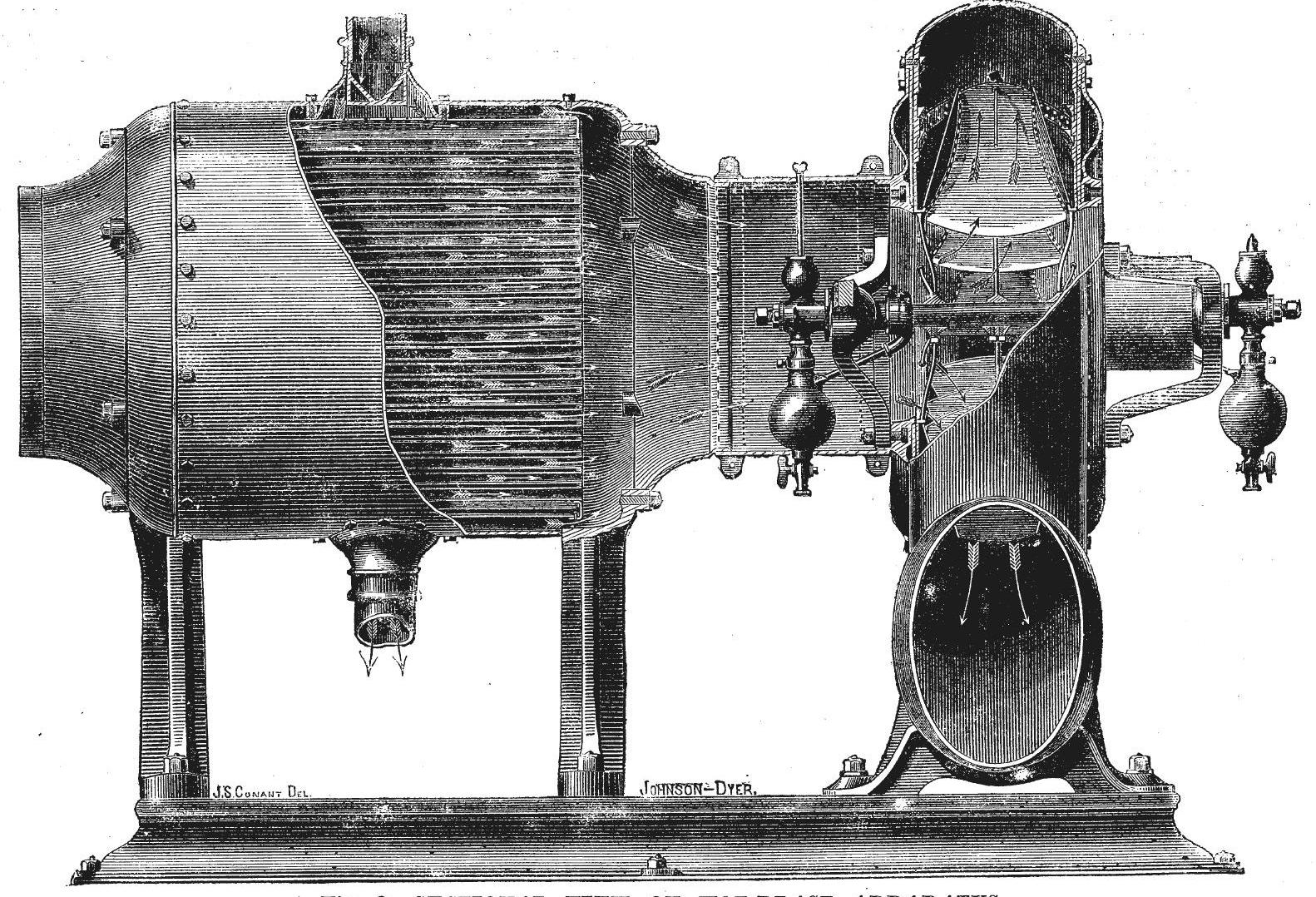
|
|
1862
|
Thomas Andrews established the critical state of CO2
|
|
|
1862
|
Closed air-cycle refrigerating system by Alexander Kirk
|
|
|
1864
|
Scientific American publishes article proposing comfort cooling system for hospitals.
|
|
|
1864
|
American Artisan began publishing. This was the first “trade magazine” featuring articles and information on heating
|
|
|
1865
|
Daniel Somes publishes pamphlet promoting his system for cooling hotels, theaters, halls and churches.
|
|
|
1866
|
Lewis W. Leeds lectures on ventilation at the Franklin Institute, Philadelphia. Published 1868 by John Wiley & Sons, N.Y.
|
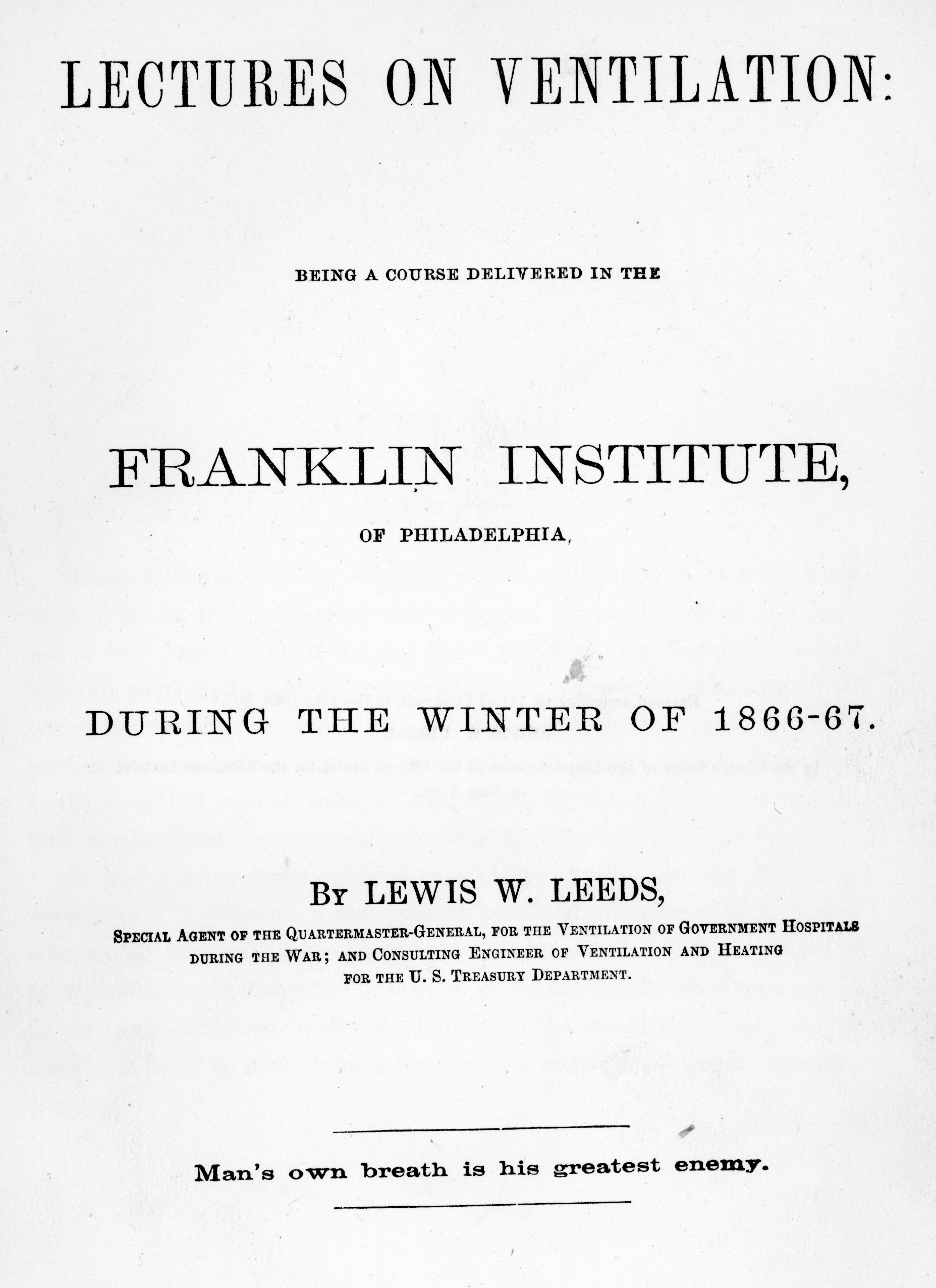 |
|
1867
|
Daniel Livingston Holden began constructing ice making Plants using chymogene (petroleum ether) refrigerant.
|
|
|
1867
|
Carbon dioxide refrigerating system patented by Thaddeus Lowe (British Patent 952)
|
|
|
1867
|
J.B. Sutherland, Detroit – Refrigerated wagon (ice) patented
|
|
|
1868
|
Thomas Box published A Practical Treatise on Heat that included theories of heat loss, thermal resistance and U factors.
|
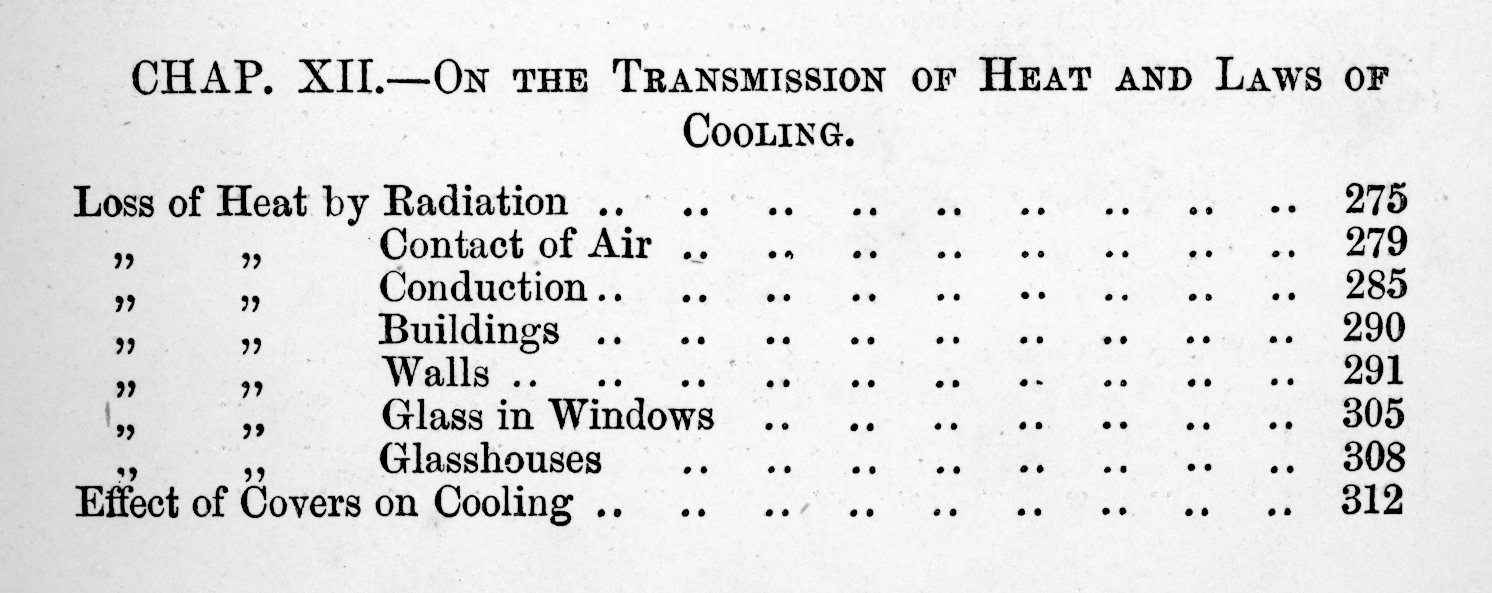 |
|
1868
|
Methyl ether used as a refrigerant by Charles Tellier
|
|
|
1868
|
Frederick Edwards: Ventilation of Dwelling Houses
|
|
|
1868
|
Ammonia vapor-compression ice making plant constructed by John Beath in San Francisco
|
|
|
1869
|
Double acting ammonia compressor constructed in New Orleans by Francis DeCoppet
|
|
|
1869
|
Forced air cooler for refrigeration patented by Charles Tellier
|
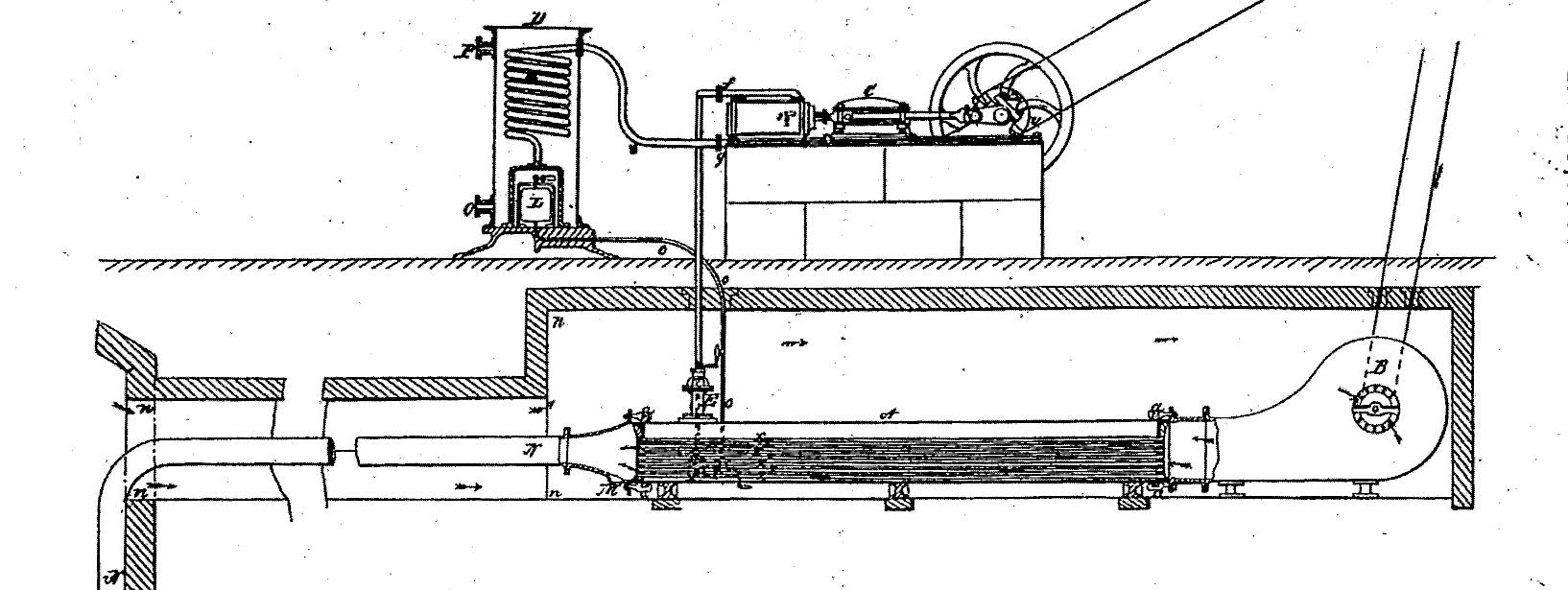
|
|
1870
|
Peter Van der Weyde patented thermostatically controlled refrigeration system (US Patent 105609)
|
|
|
1870
|
Carl Linde publishes paper using a rigorous thermodynamic approach to refrigeration: The Extraction of Heat at LowTemperature by Mechanical Means.
|
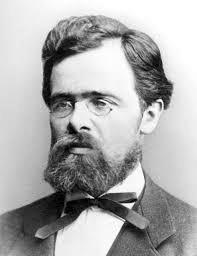
|
|
1872
|
Ammonia vapor-compression ice making system perfected by David Boyle
|
|
|
1875
|
Cold storage plant using mechanical refrigeration by Thomas Mort of Australia
|
|
|
1875
|
Sulfur Dioxide refrigerant successfully used as a refrigerant by Raoul Pictet in Switzerland. British Patent 2727.
|
|
|
1876
|
First intercontinental refrigerated transport by ship (U.K.)
|
|
|
1876
|
Covered ice-skating rink, Chelsea, England.
|
|
|
1877
|
Birdsill Holly, "the father of district steam heating" experiments with central station steam heating in Lockport, N.Y.
|
|
|
1877
|
Louis Cailletet liquefied oxygen by expansion (as a fog). A similar result was obtained shortly afterwards for nitrogen, air, methane, carbon dioxide
|
|
|
1877
|
Raoul Pictet liquefied oxygen by cascade cooling, obtaining a transitory jet
|
|
|
1877
|
Enclosed crankcase compressor using piston wrist-pins patented by Alexander Ballentine (US Patent 191638)
|
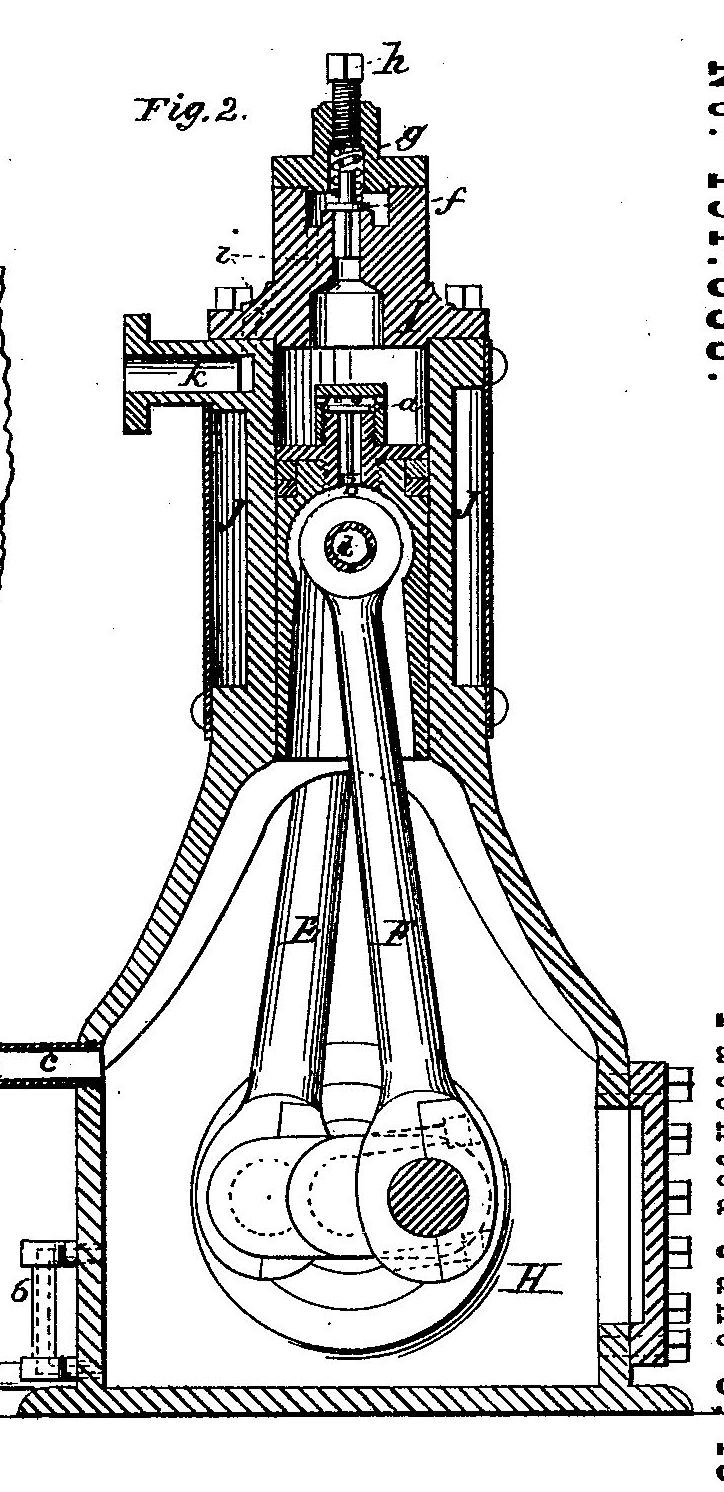 |
|
1877
|
Leicester Allen built a high pressure (15 bar) closed cycle air refrigerating machine
|
|
|
1876-77
|
F. Windhausen built the first industrial water vapor refrigerating machines (from studies made in 1870)
|
|
|
1878
|
Methyl Chloride successfully used as a refrigerant by Camille Vincent of France. (British Patent 470 of 1879)
|
|
|
1878
|
Vacuum return steam heating patented by De Beaumont.
|
|
|
1878
|
First refrigerated morgue (Paris – Carré’s absorption machine)
|
|
|
1878
|
Solar powered absorption refrigeration machine demonstrated at Paris Universal Exposition by Augustin Mouchot
|
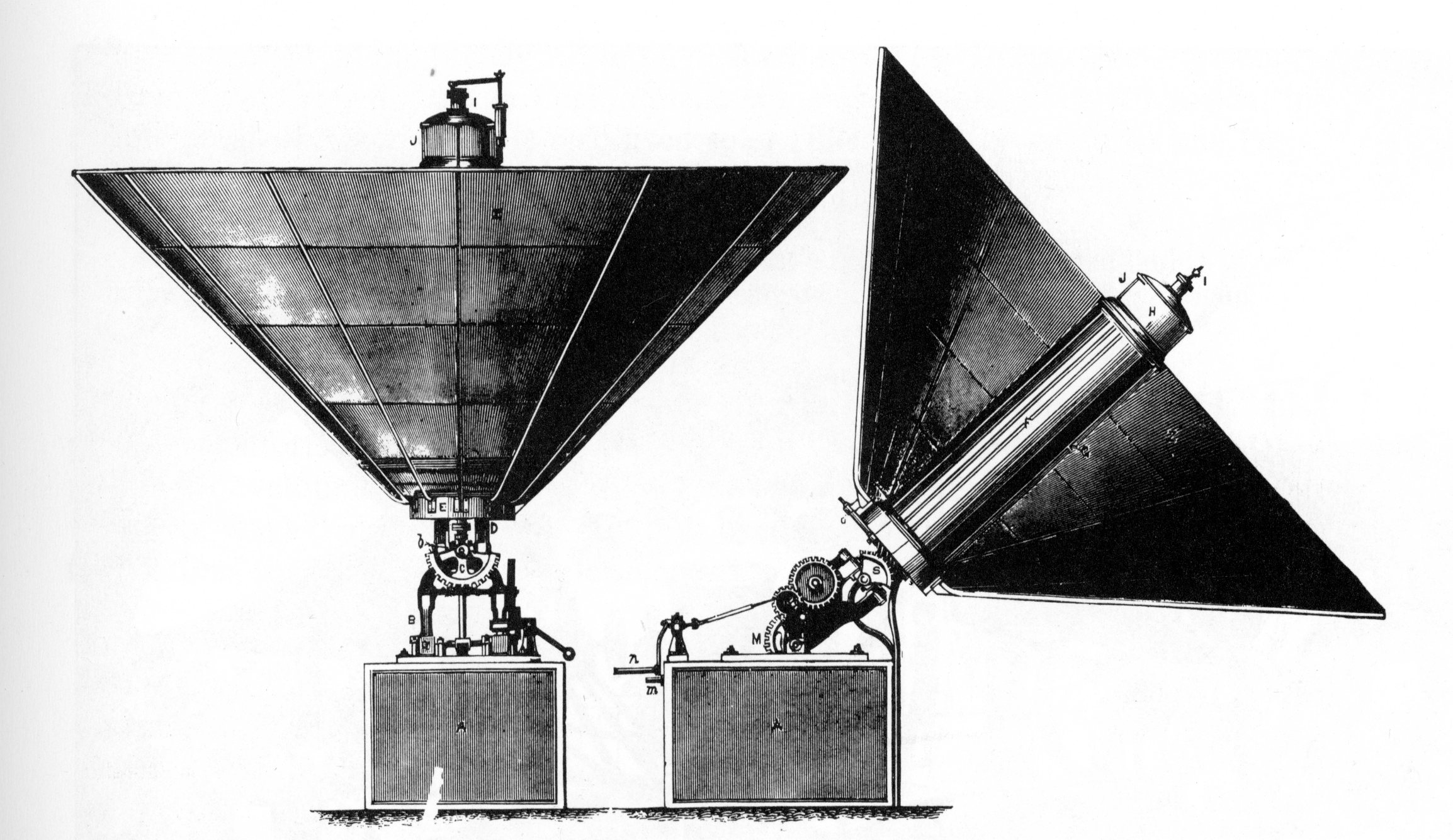
|
|
1879
|
Charles Tellier used refrigerated ship Le Frigorifique to send meat from France to South America
|
|
|
1880
|
The theory and practice of centrifugal ventilating machines by Daniel Murgue, the first scientific book on fans
|
|
|
1880
|
Use of cork as insulating material for cold stores patented by GRÜNZWEIG
|
|
|
1881
|
Kamerlingh Onnes founded the Leyden cryological laboratory
|
|
|
1882
|
Electric Fan marketed by Schuyler Skaats Wheeler
|
|
|
1883
|
Warren S. Johnson - July 23, 1883 receives patent for a room thermostat called an "electric tele-thermoscope"
|
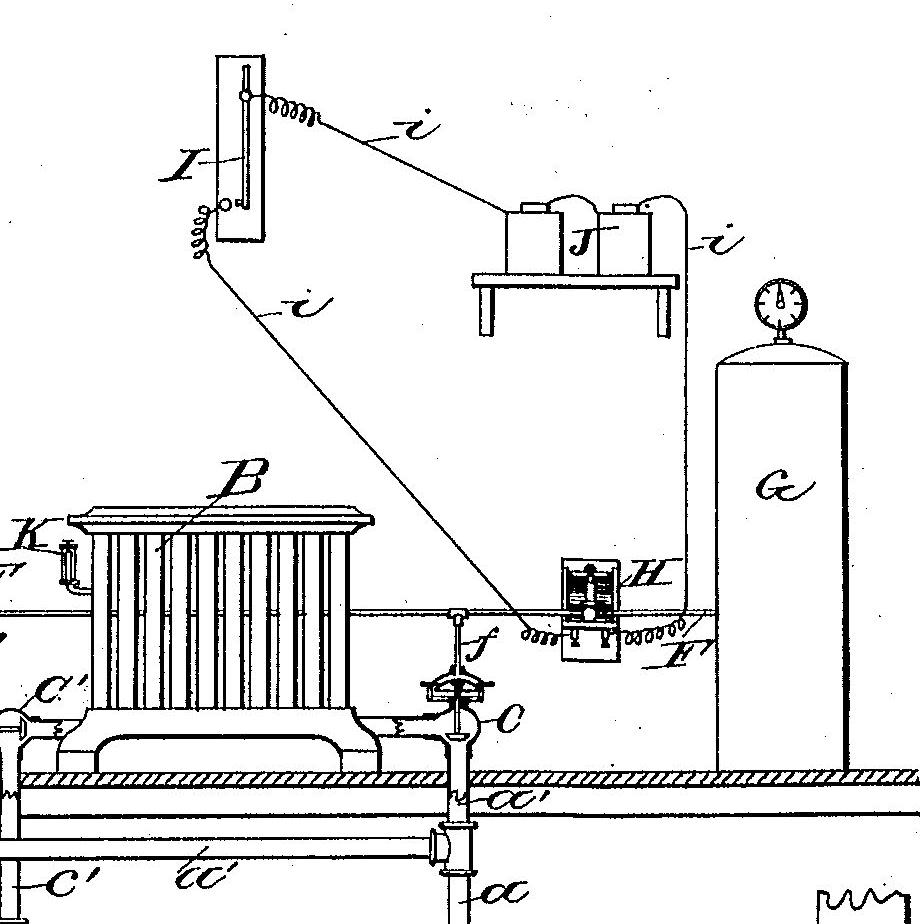 |
|
1883
|
Ethyl Chloride vapor-refrigerating system patented by Cassius Palmer (US Patent 290600)
|
|
|
1883
|
K. Olszewski and S. Wrobleski liquefied oxygen in a permanent form and later obtained the same result for nitrogen and carbon dioxide
|
|
|
1884
|
Sir Oliver Lodge - first electrostatic precipitator for air cleaning
|
|
|
ca. 1885
|
Ideas on the use of refrigeration for air-cooling and dehumidification of private buildings specially in hot countries. (Smith, Pettenkofer, Linde, Brückner).
|
|
|
1885
|
Electro-pneumatic type thermostatic control system patented by Warren Johnson
|
|
|
1885
|
Compound ammonia compressor – W.G. Lock’s Australian patent
|
|
|
1886
|
T.B. Lightfoot, of London, produced a list of various refrigerant mixtures
|
|
|
1886
|
Albert M. Butz patents thermostatically controlled draft damper for furnaces and boilers
|
|
|
1886
|
F. Windhausen constructed an operational CO2 refrigerating comnpressor
|
|
|
1887
|
J. & E. Hall – industrial manufacture of CO2 compressors
|
|
|
1889
|
J. & E. Hall – First two-stage CO2 compressor
|
|
|
1889
|
Domestic Engineering published as the first US trade journal devoted exclusively to the plumbing and heating trade
|
|
|
1889
|
Sulzer: First industrially manufactured two-stage ammonia refrigerating compressor. Another type (Stuart St. Clair) was made by York in 1892
|
|
|
1889
|
Downward distribution system for conditioned air used by Alfred Wolff at Carnegie Hall. Subsequently used by Wolff in all his air conditioning systems
|
|
|
1890
|
Concept of heating load calculation introduced into US practice by consulting engineer Alfred Wolff
|
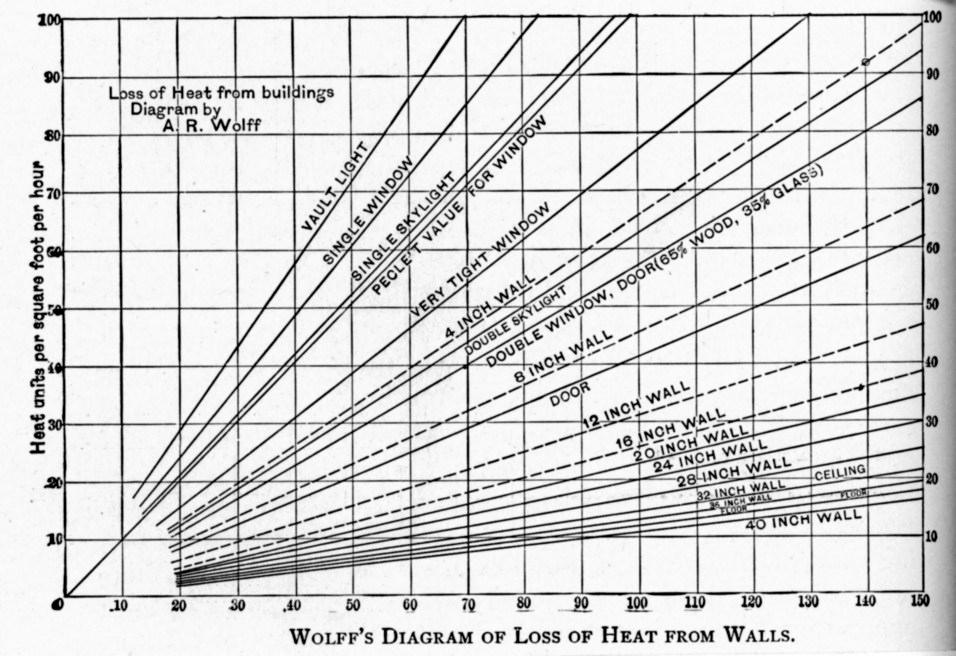 |
|
1891
|
The trade journal Ice and Refrigeration began publishing
|
|
|
1891
|
Thermostatic type steam trap patented
|
|
|
1891
|
Massachusetts Ventilation Law
|
|
|
ca. 1891
|
Broadway Theater, New York, comfort cooled using ice
|
|
|
1892
|
First air-conditioned house in U.S. San Lorenzo, CA by M. Dillenberg of San Francisco
|
|
|
1893
|
Committee to define “standard ton of refrigeration” established by American Society of Mechanical Engineers
|
|
|
1893
|
Oil fired boilers used to heat buildings at Chicago World’s Fair
|
|
|
1894
|
Hans Lorenz introduced the polytropic cycle
|
|
|
1894
|
Hermann Rietschel publishes a Guide for the Calculation and Design for Ventilating and Heating Installations. The first HVAC engineering textbook that took a scientific approach to heating and cooling, including a chapter on comfort cooling of rooms.
|
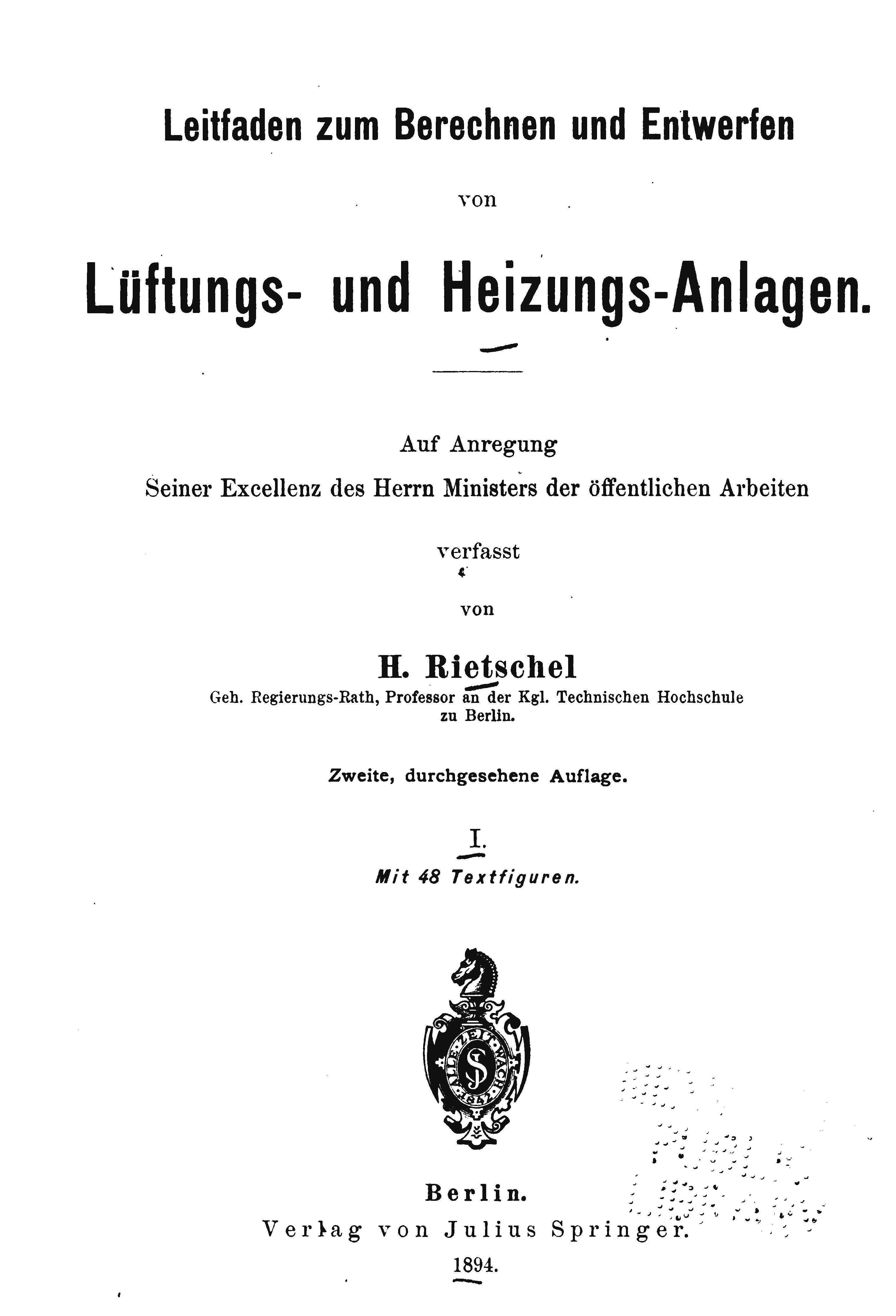 |
|
1894
|
American Society of Heating and Ventilating Engineers founded by Hugh Barron, Louis Hart and William Mackay.
|
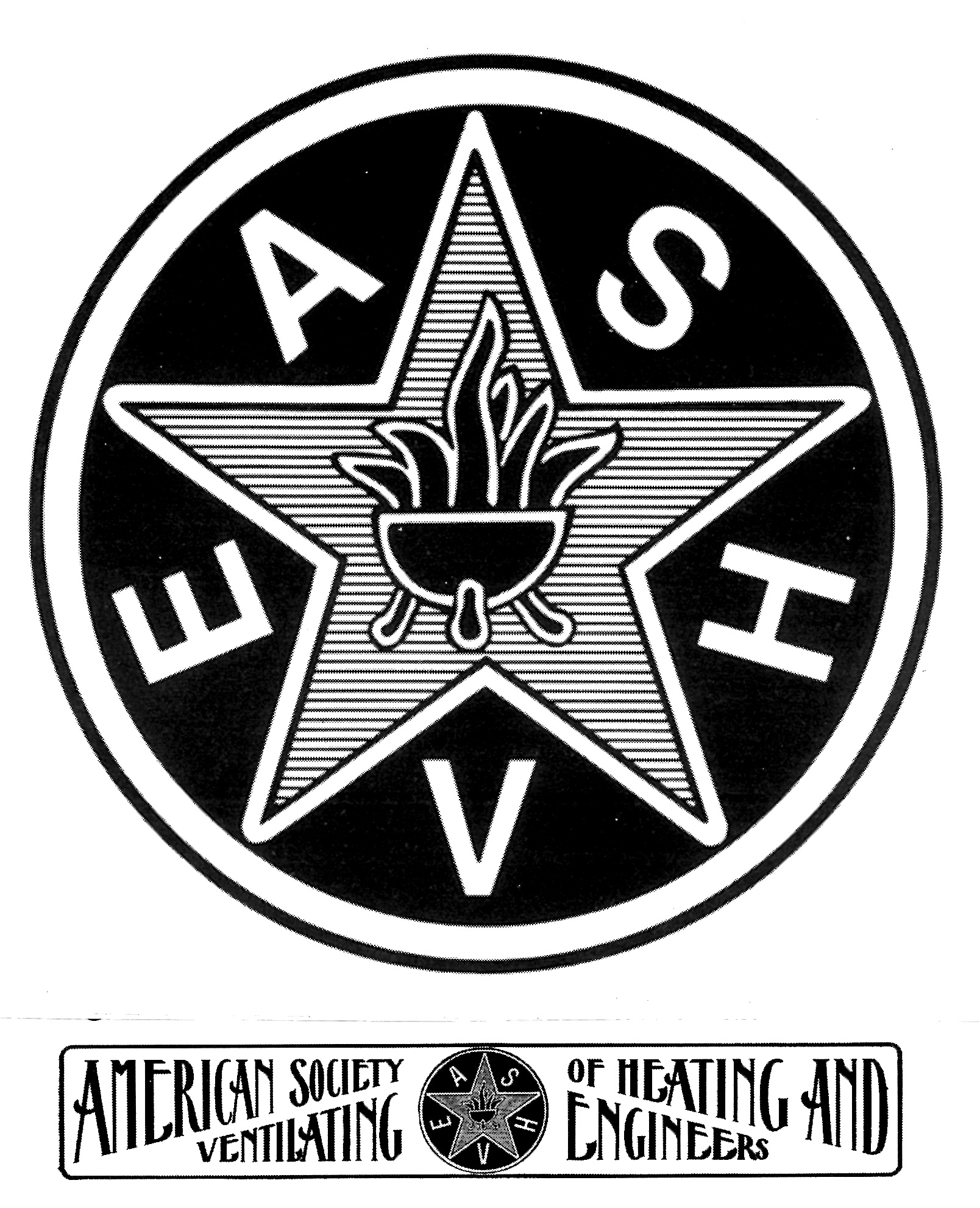
|
|
1894
|
Hermetically sealed refrigeration system patented by Marcel Audiffren in France (French Patent 238845). Manufactured after 1903 in France by Henri Singrün.
|
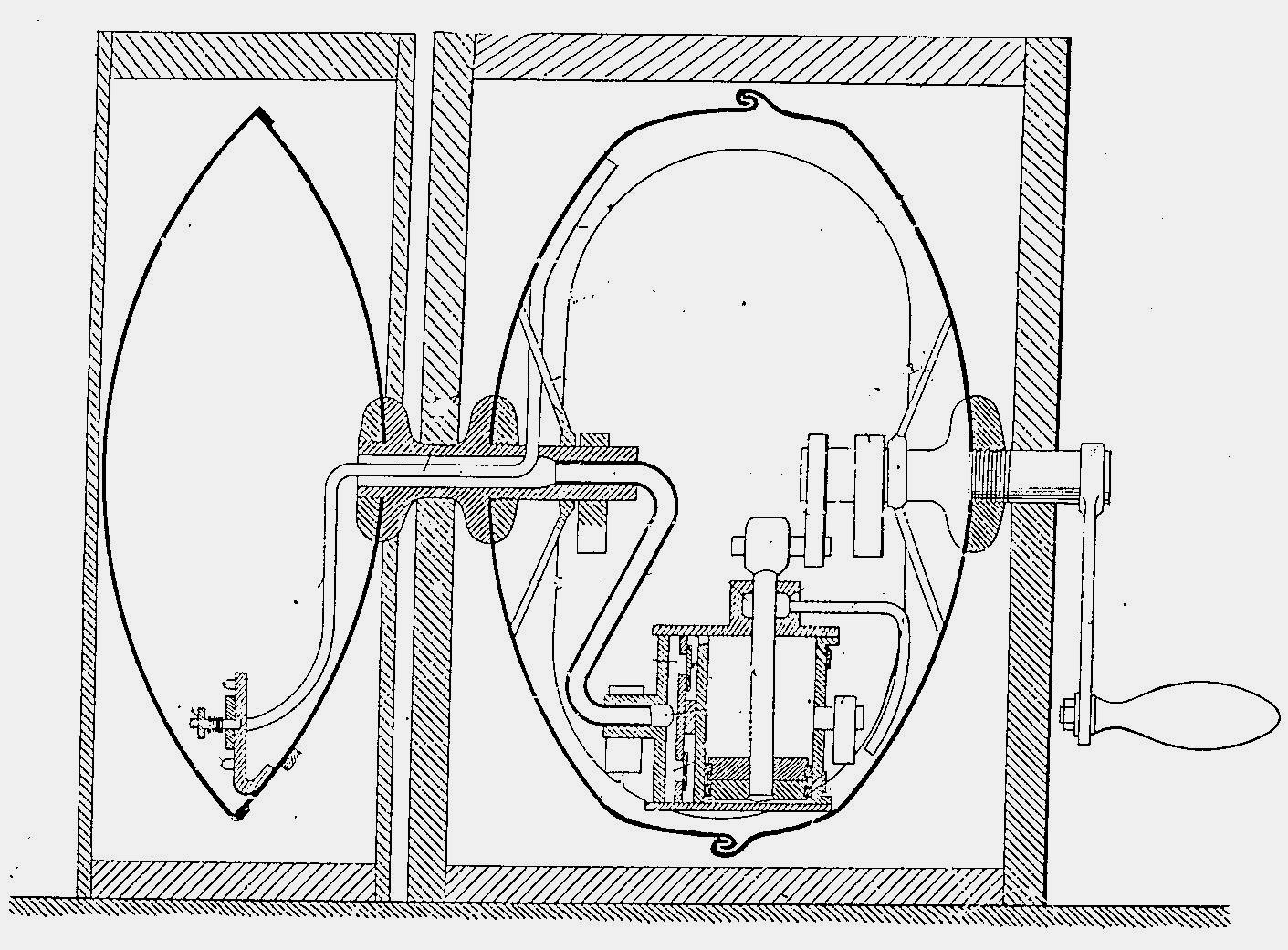 |
|
1895
|
Chicago Telephone Co. installed air washer to cool, filter and humidify the air at its exchange building.
|
|
|
1895
|
“Bypass method” of air conditioning first proposed – by S. Woodbridge for cooling Senate Wing of U.S. Capitol
|
|
|
1895
|
Hampson, Linde – First Joule-Thomson air liquefiers.
|
|
|
1898
|
Institution of Heating and Ventilating Engineers founded in Great Britain
|
|
|
1899
|
Cornell Medical College, New York, partially air conditioned with system designed by Alfred Wolff using Carbondale ammonia absorption equipment
|
|
|
1899
|
Use of liquid air in dermatology (A.C. White, in New York). In 1908 M.C. Query, in Paris, used it to treat eczema. Practical use in dermatology only after 1940.
|
|
|
1900
|
Linde – Air liquefier with ammonia precooling
|
|
|
ca 1900
|
Dental anesthesia by vaporization of refrigerants
|
|
|
1900
|
Passenger compartment air conditioning installed on 6 Mississippi river steamships.
|
|
|
1900
|
Warren Johnson invents the “humidostat”
|
|
|
1901
|
Auditorium of Scranton High School comfort cooled using ice.
|
|
|
1901
|
300 ton co-generation comfort air conditioning system installed at New York Exchange. System designed by Alfred Wolff. Used absorption refrigeration machinery designed by Henry Torrance, Carbondale Machine Co.
|
 |
|
1902
|
Claude – First expansion engine air liquefier.
|
|
|
1902
|
Linde – Single-stage rectification column.
|
|
|
1902
|
Armour Building, Kansas City MO, installed dual-duct air conditioning system; each room individually controlled with a thermostat
|
|
|
1902
|
Research lab for fans and air heating and cooling established by Buffalo Forge Co., Buffalo NY
|
|
|
1902
|
Air conditioning system for precise humidity control designed by Willis Carrier for a Brooklyn, NY printing plant.
|
|
|
1903
|
Multiple-effect compression system developed by Gardner T. Voorhees. US Patent 793864 of 1905.
|
|
|
1903
|
Formation of the Ice Machine Builders Association of the United States (forerunner to ARI-1953)
|
|
|
1903
|
Use of solid carbon dioxide in dermatology (M. Julinsberg, Germany)
|
|
|
1904
|
Public debut of air conditioning: Missouri State Building, St. Louis World's Fair
|
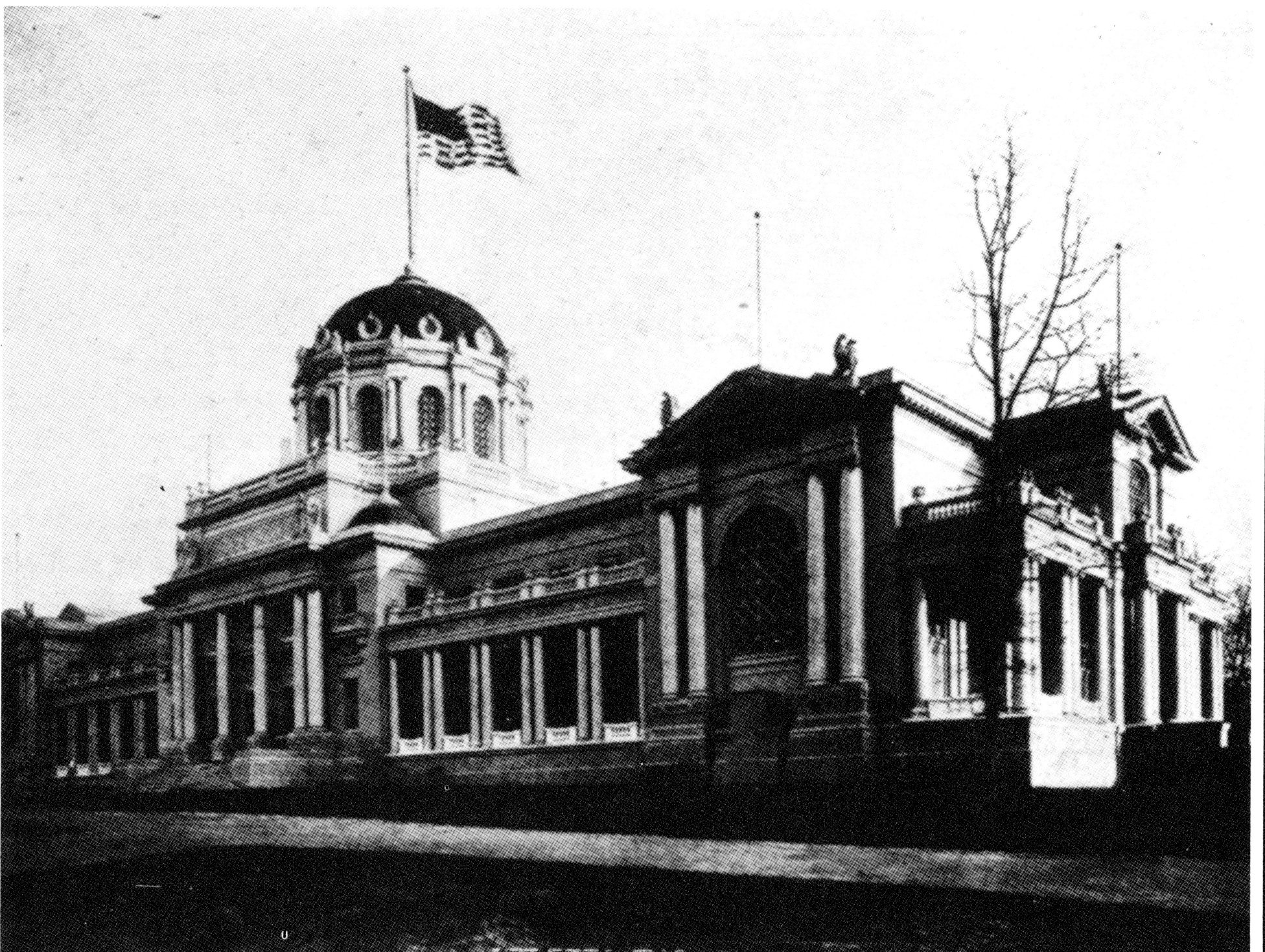
|
|
1904
|
Self-contained mechanical refrigerator displayed at St. Louis World’s Fair by Brunswick Refrigerating Co.
|
|
|
1904
|
First air conditioned bank: Hanover National Bank, New York, by Alfred Wolff
|
|
|
1904
|
American Society of Refrigerating Engineers founded
|
|
|
1904
|
Introduction of enthalpy and plotting of calculation of compression refrigerating machines by R. Mollier.
|
|
|
1904
|
Thermodynamic properties of carbon dioxide and ammonia are published
|
|
|
1905
|
Modern type Automatic Expansion Valve patented by Albert Marshall (US Patent 785265)
|
|
|
1905
|
Willis Carrier’s Psychrometric Chart first published in Buffalo Forge Co. catalog
|
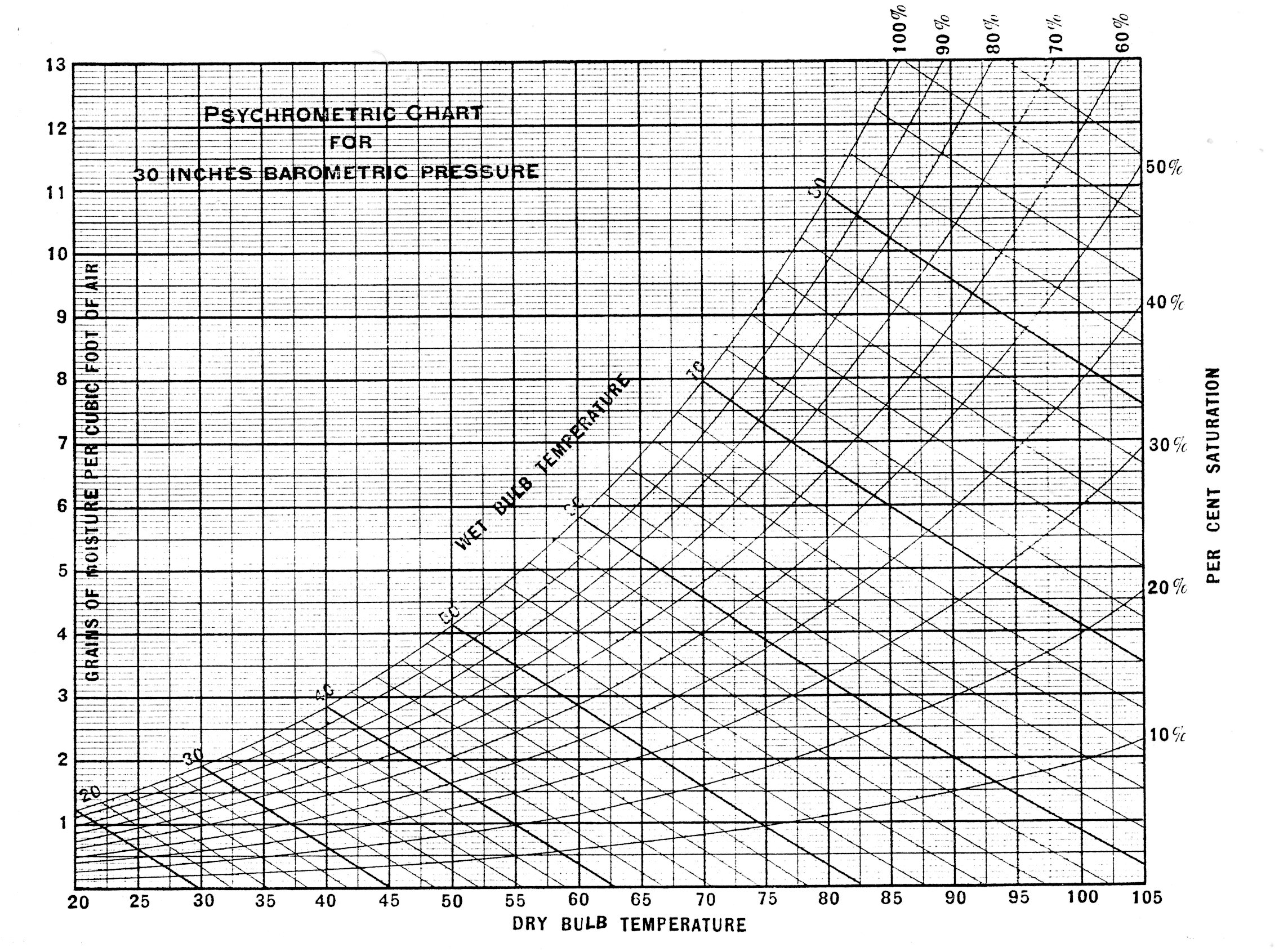
|
|
1906
|
Willis Carrier patents "Apparatus for Treating Air".
|
|
|
1906
|
The term "air conditioning" coined by Stuart Cramer
|
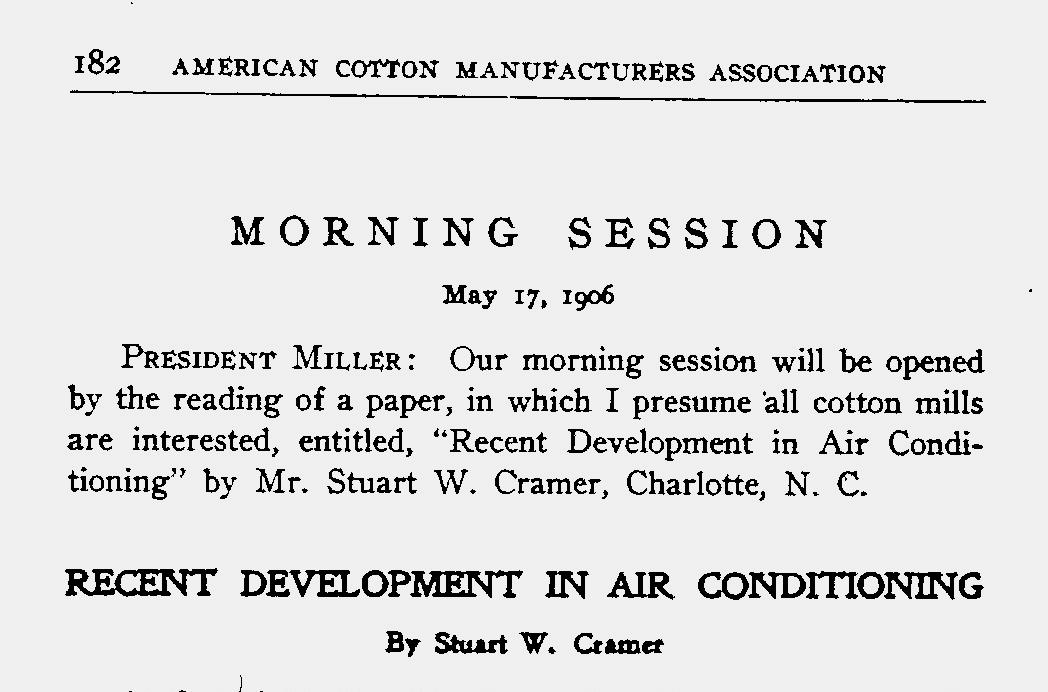 |
|
1906
|
Clock (night setback) Thermostat by Jewell Thermostat Co. and Electric Thermostat Co.
|
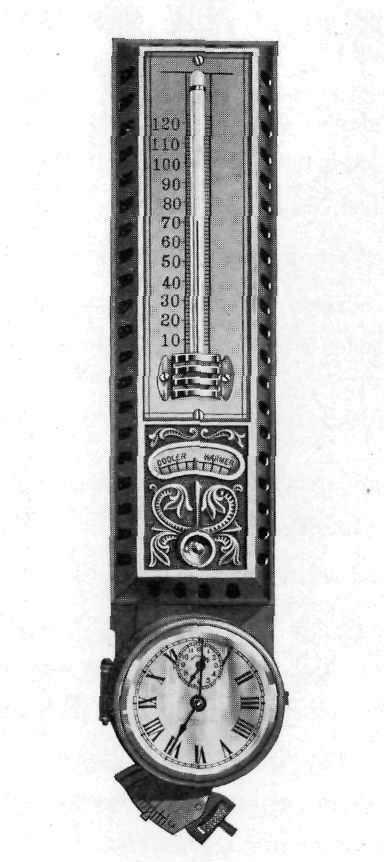 |
|
1906
|
Frank Lloyd Wright’s Larkin Administration Building, Chicago. First office building specifically designed to accommodate the “paraphernalia” of air conditioning. Used Kroeschell Carbon Dioxide system.
|
|
|
1906
|
Brooklyn Bridge subway station air conditioned.
|
|
|
1906
|
Walter Fleisher designs first air conditioning system for a tobacco factory
|
|
|
1906
|
Freeze-drying. Discovery of the process by A. d’Arsonval and F. Bordas (France). The method was discovered independently by Shackwell (U.S.A.) in 1909.
|
|
|
1906
|
Claude – Improved air separation with reflux column.
|
|
|
1906
|
Heylandt – High pressure expander for air and oxygen liquefaction.
|
|
|
1906
|
First hospital to be air conditioned: Boston Floating Hospital
|
|
|
1906
|
Walter Nernst – Theory of the behavior of matter in the neighborhood of absolute zero (“Third law” of Thermodynamics). In 1912 he produced a new formula: absolute zero is in principle unattainable.
|
|
|
1907
|
Air conditioning installed in dining and meeting rooms at Congress (Auditorium) Hotel, Chicago, using Carbon Dioxide equipment designed by Frederick Wittenmeier.
|
|
|
1907
|
“Unit Ventilator” featuring a fan and radiator enclosed in a steel cabinet invented by M. Hubbard. Designed for under the window, manufactured by Herman Nelson Company after 1922
|
|
|
1907
|
Willis Carrier patents “dew point control” system for precisely controlling humidity in a room.
|
|
|
1908
|
Elements of year-round air conditioning defined by G. B. Wilson (heating, cooling, humidifying, dehumidifying, filtering)
|
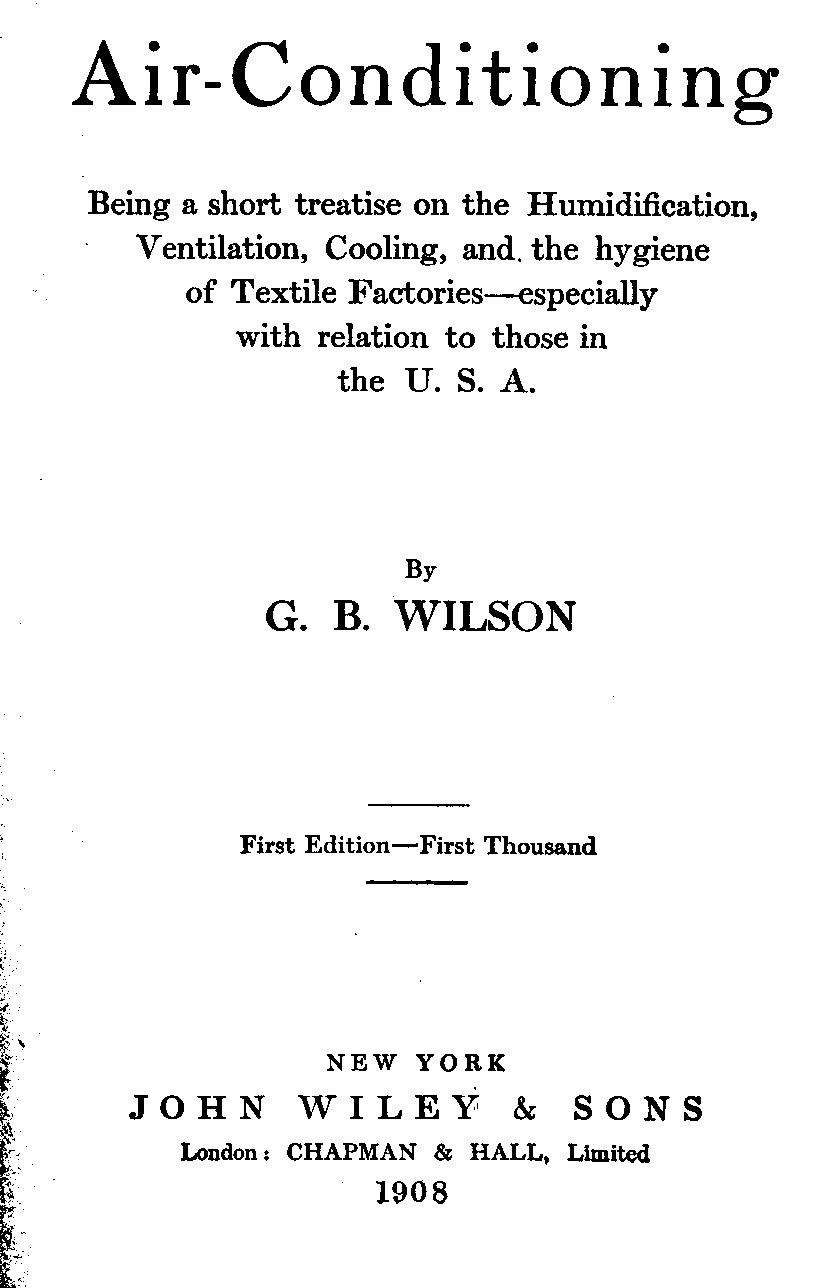
|
|
1908
|
First International Congress of Refrigeration, Paris
|
|
|
1908
|
Maurice Leblanc – Steam jet refrigerating machine (made by Westinghouse in 1909, in Paris)
|
|
|
1909
|
German Society of Refrigerating Engineers (DKV) founded
|
|
|
1909
|
Open air ice skating rink using brine, Vienna, Austria
|
|
|
1909
|
A sliding vane compressor (ethyl chloride) was in use on an American ship, the Carnegie
|
|
|
1911
|
Constant superheat (thermostatic) expansion incorporated in a multiple evaporator refrigeration system patented by Albert Marshall (US Patent 1003283)
|
|
|
1912
|
Underwriter’s Laboratories lists a domestic oil burner for the first time
|
|
|
1913
|
First International Refrigeration Exposition held in Chicago
|
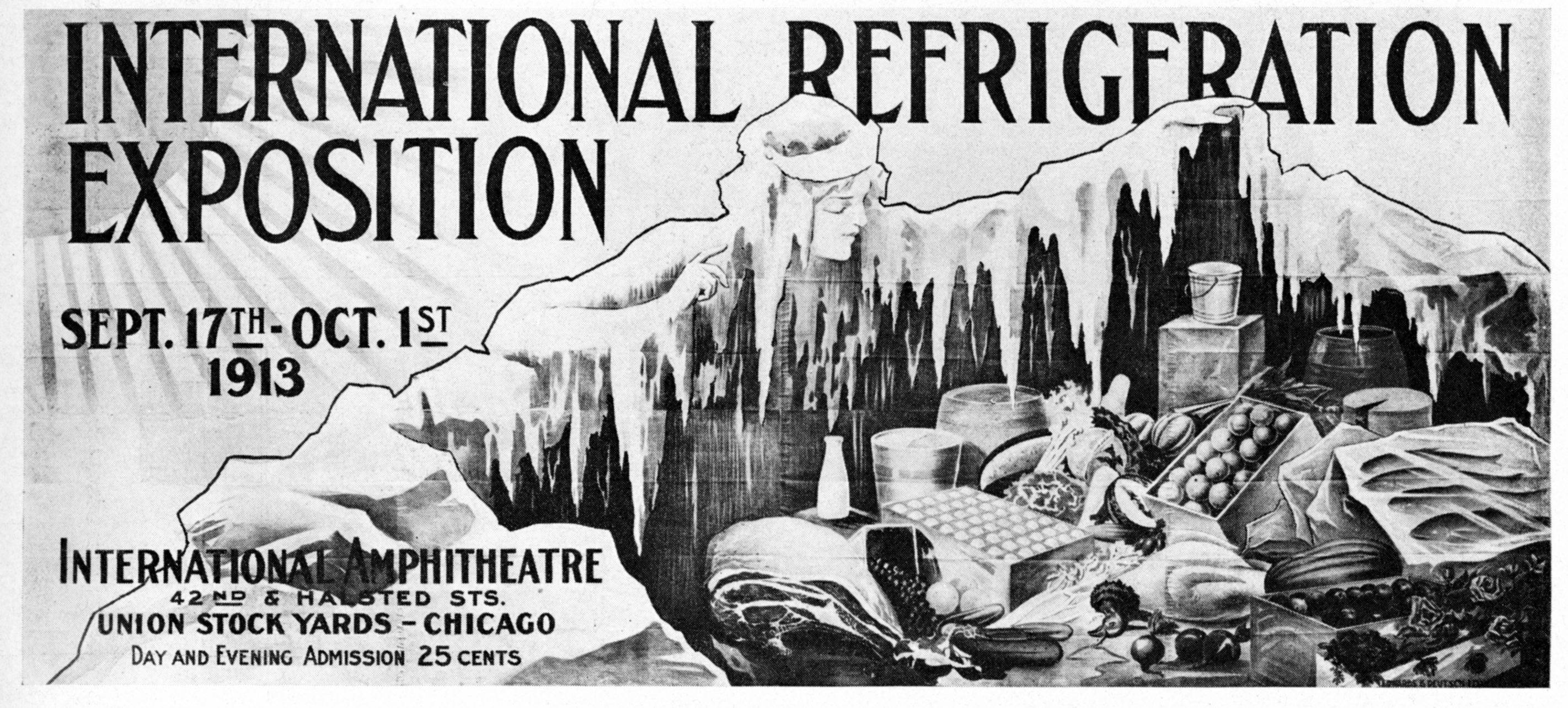
|
|
1913
|
M. T. Zarotschenzeff began experiments in quick freezing using salt water sprays
|
|
|
1913
|
E. Altenkirch- Comprehensive thermodynamic study of binary mixtures for absorption refrigerating machines
|
|
|
1914
|
Air cooled electric self-contained household refrigerating unit, the DOMELRE, marketed by Fred Wolf Jr.
|
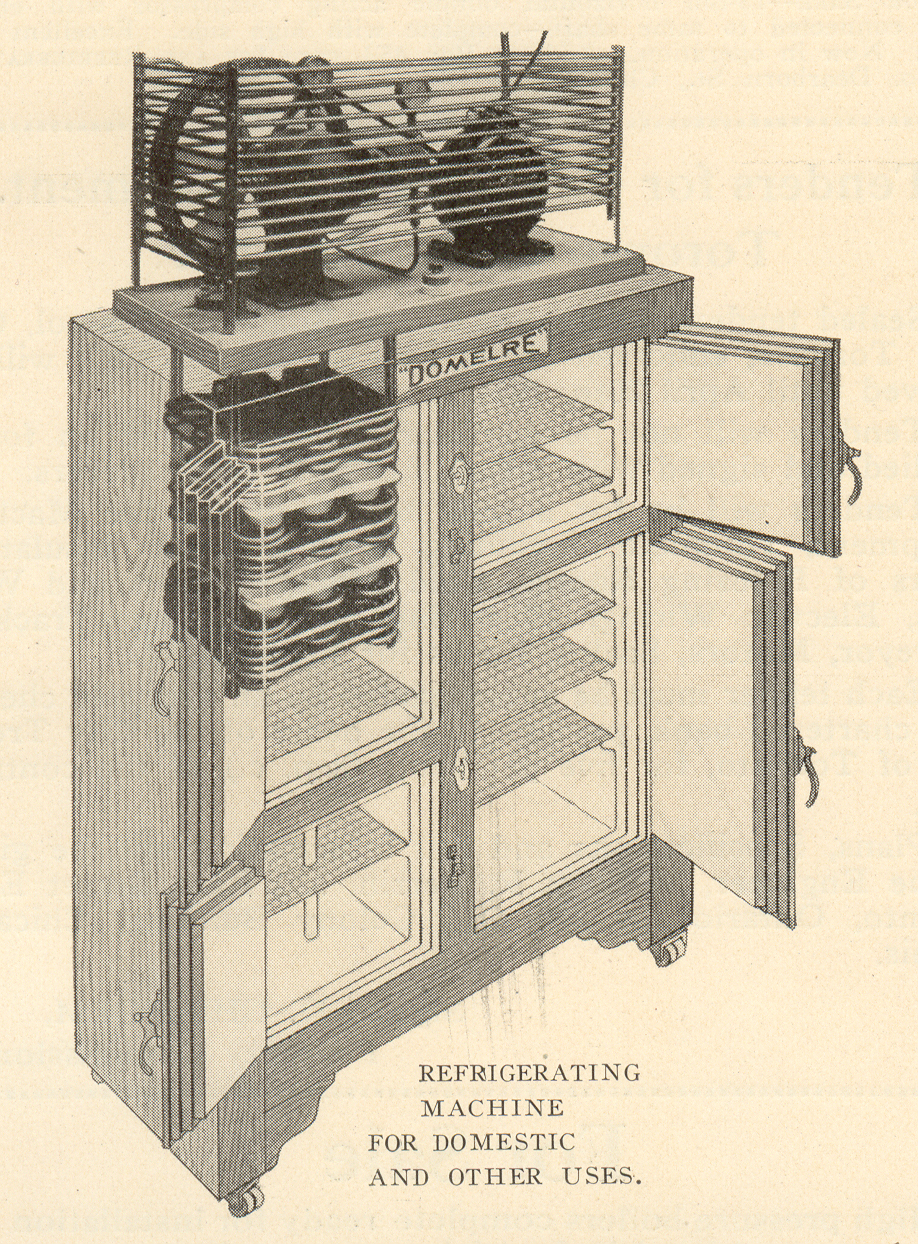
|
|
1914
|
Water-cooled self-contained household refrigerating unit marketed by Edward Williams
|
|
|
1914
|
Kelvinator founded – household refrigeration unit marketed 1918.
|
|
|
1916
|
Average employee has to work 3162 hours to pay for a refrigerator.
|
|
|
1916
|
St. Louis Coliseum uses 12 tons of ice to cool air that was blown "…through conduits into the hall, above the heads of the gathered throng" at the Democratic National Convention.
|
|
|
1916
|
Clarence Birdseye began experiments in quick-freezing using air blasts
|
|
|
1917
|
Beginnings of the popularity of gas-fired boilers
|
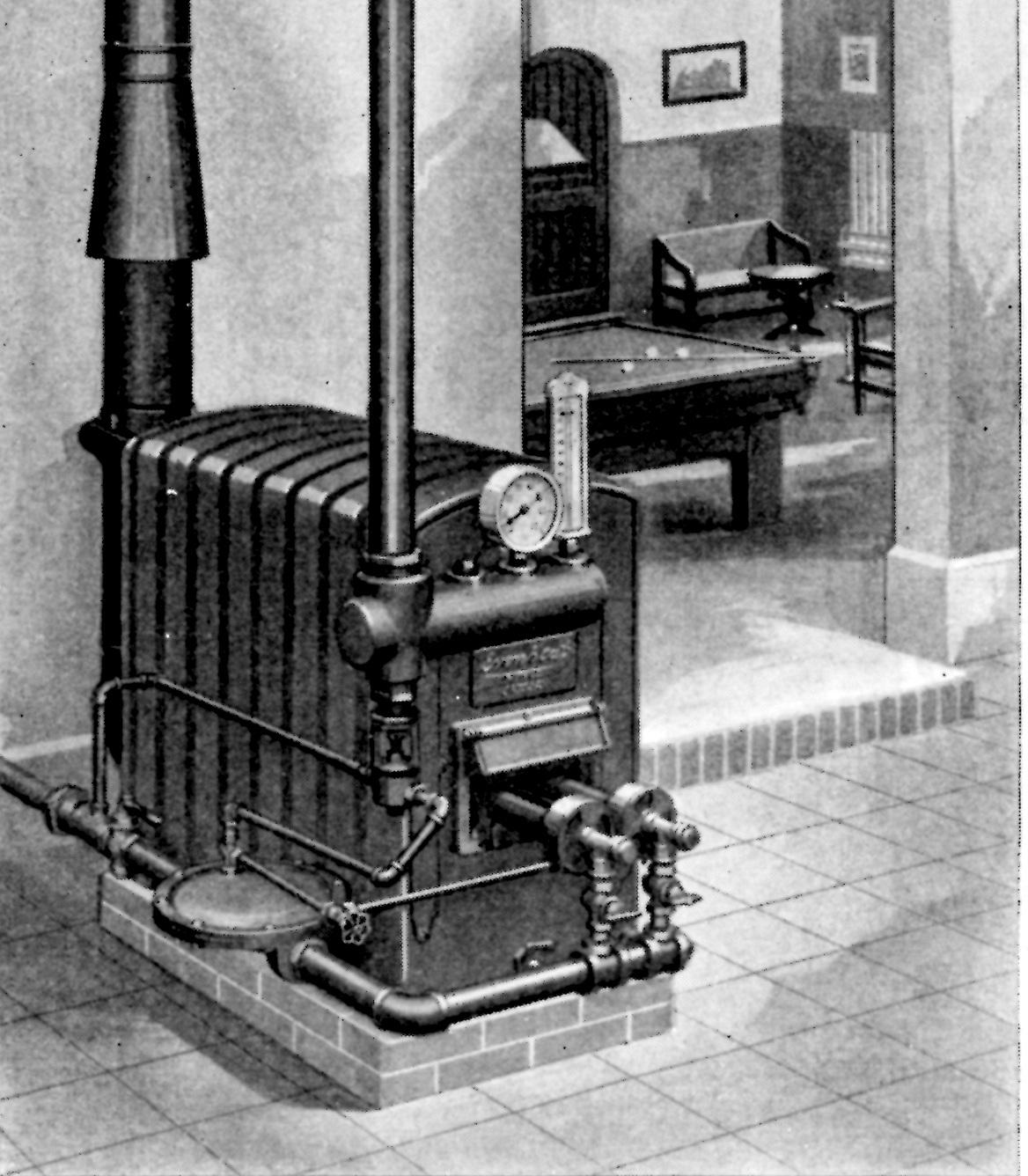
|
|
1918-30
|
First insulated containers (France, U.K., Italy)
|
|
|
1919
|
ASHVE Research Bureau founded
|
|
|
1920
|
Hermetic motor-compressor patented by Douglas Stokes of Australia (US Patent 1362757)
|
|
|
1920
|
W.S.E. Rolaff – Rolling piston rotary compressor, first manufactured by Norge in Detroit as “Rollator” using sulfur dioxide refrigerant.
|
|
|
1921
|
Sulzer – “Frigorotor” sliding-vane compressor, for methyl chloride.
|
|
|
1922
|
ASHVE Guide first published
|
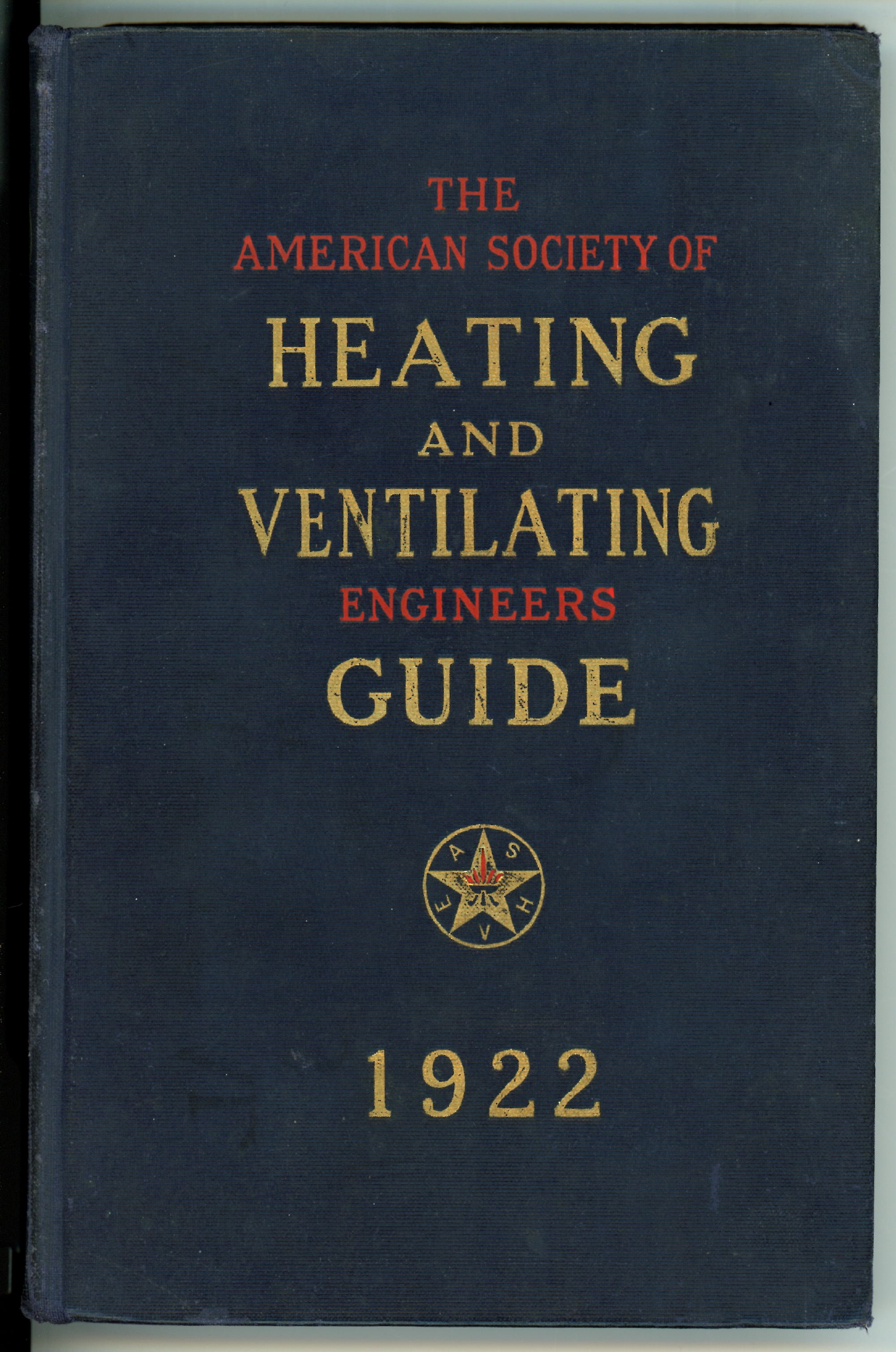
|
|
1922
|
V-belt drive first applied to refrigeration systems
|
|
|
1922
|
Willis Carrier built prototype centrifugal compressor equipped chiller using carbon tetrachloride. Changed refrigerant to dichloroethylene in 1923.
|
|
|
1923
|
Electrically refrigerated ice cream cabinet marketed by Nizer
|
|
|
1924
|
Rich’s Department Store, Atlanta, completely air conditioned
|
|
|
1925
|
Adsorption refrigerating machine using silica gel/SO2
|
|
|
1925
|
Reuben Trane develops the first successful convector radiator
|
|
|
1925
|
The Aerologist, the first air conditioning trade journal, published by E. Vernon Hill.
|
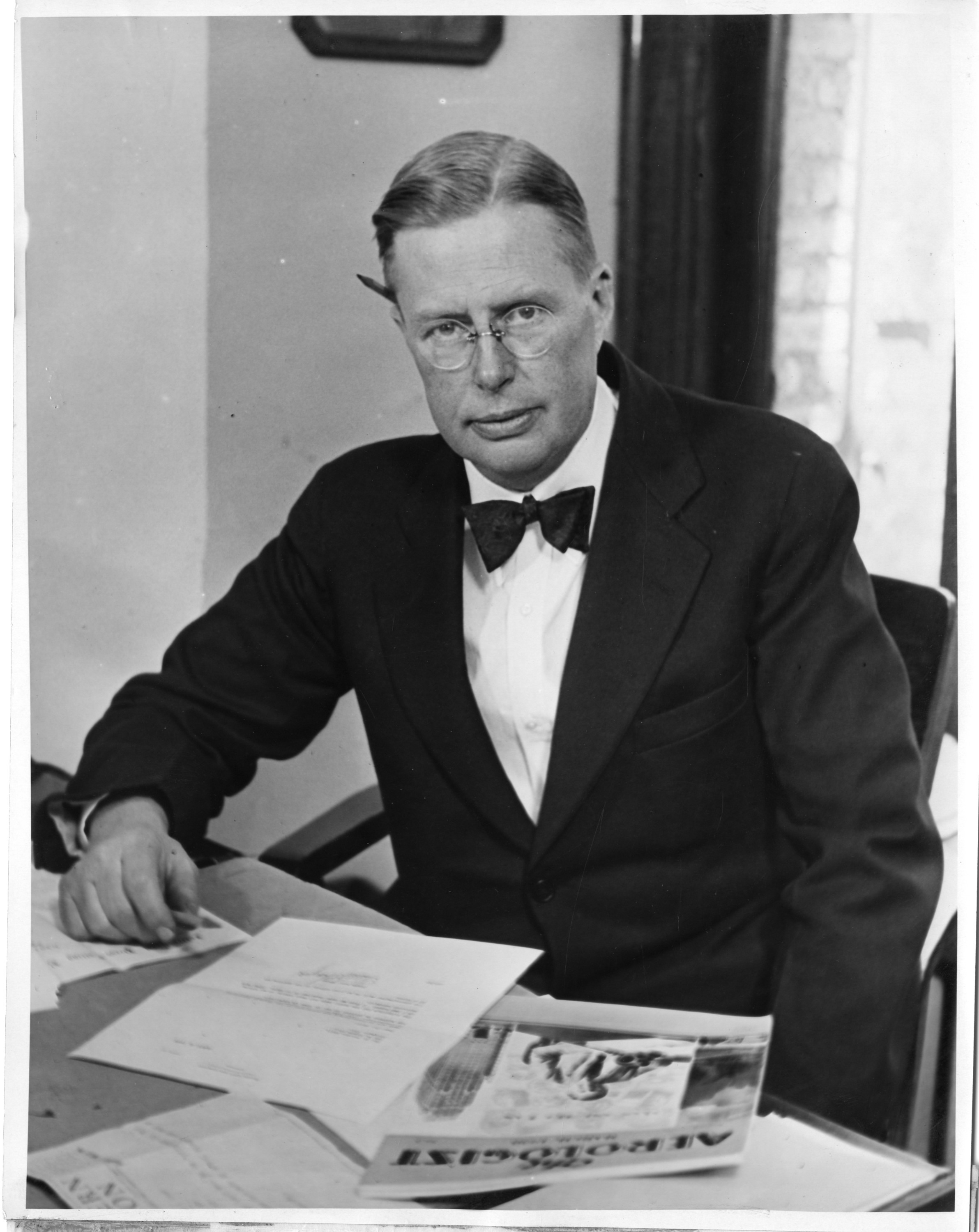
|
|
1926
|
Gas fired absorption household refrigerator marketed by A.B Elektrolux in Sweden. Mfg. Under license in US by Servel after 1927
|
|
|
1926
|
Giauque, Debye - Adiabatic demagnetization cooling
|
|
|
1926
|
R. Follain – Multi-stage steam jet refrigerating machine (made in 1928 by S.C.A. M. in Paris)
|
|
|
1926
|
Carrier "Weathermaker" A high efficiency residential gas furnace incorporating a blower and filter invented by Carlyle Ashley. Marketed beginning in 1928.
|
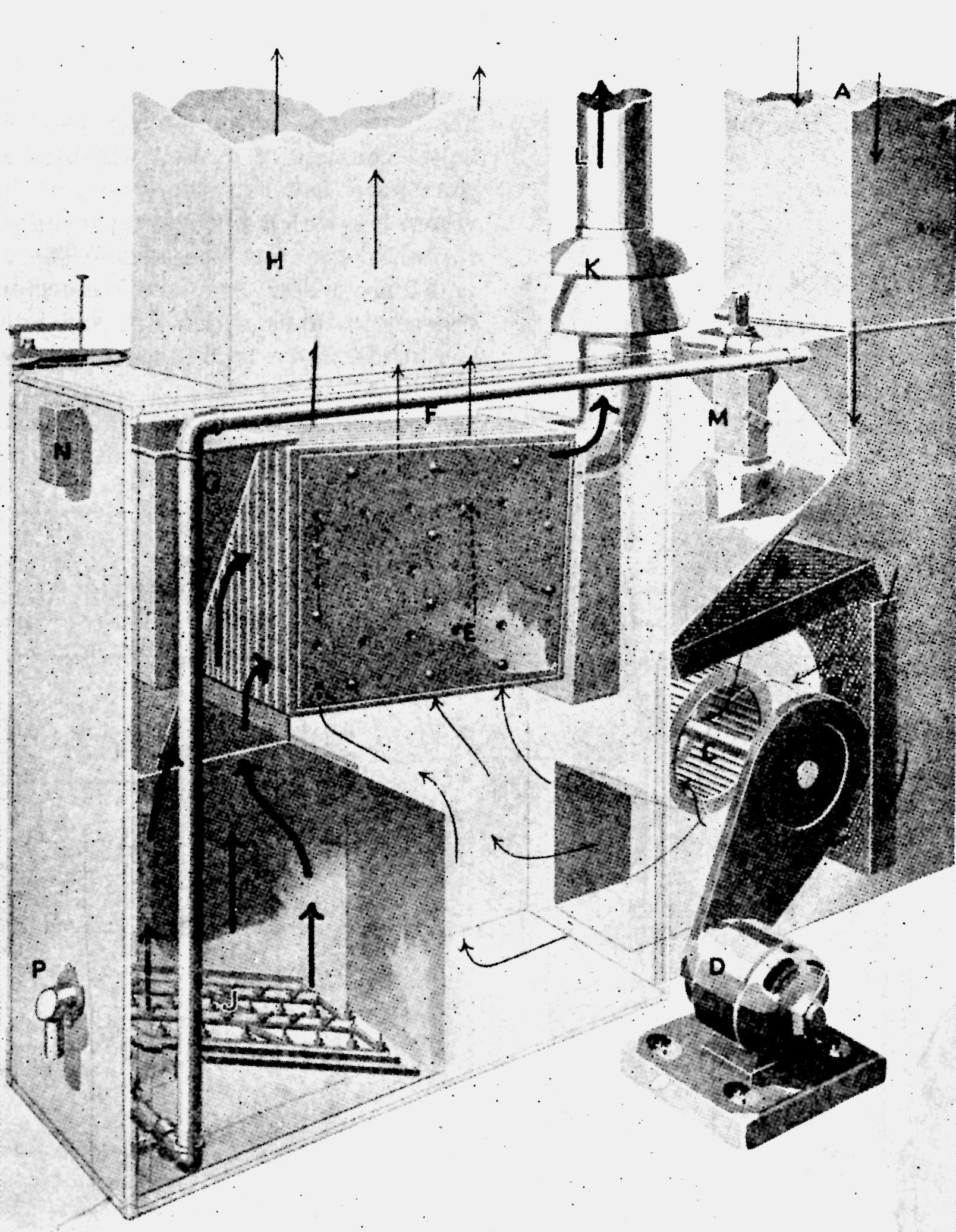 |
|
1926
|
The first national Heating and Ventilating Exposition held at Madison Square Garden, New York
|
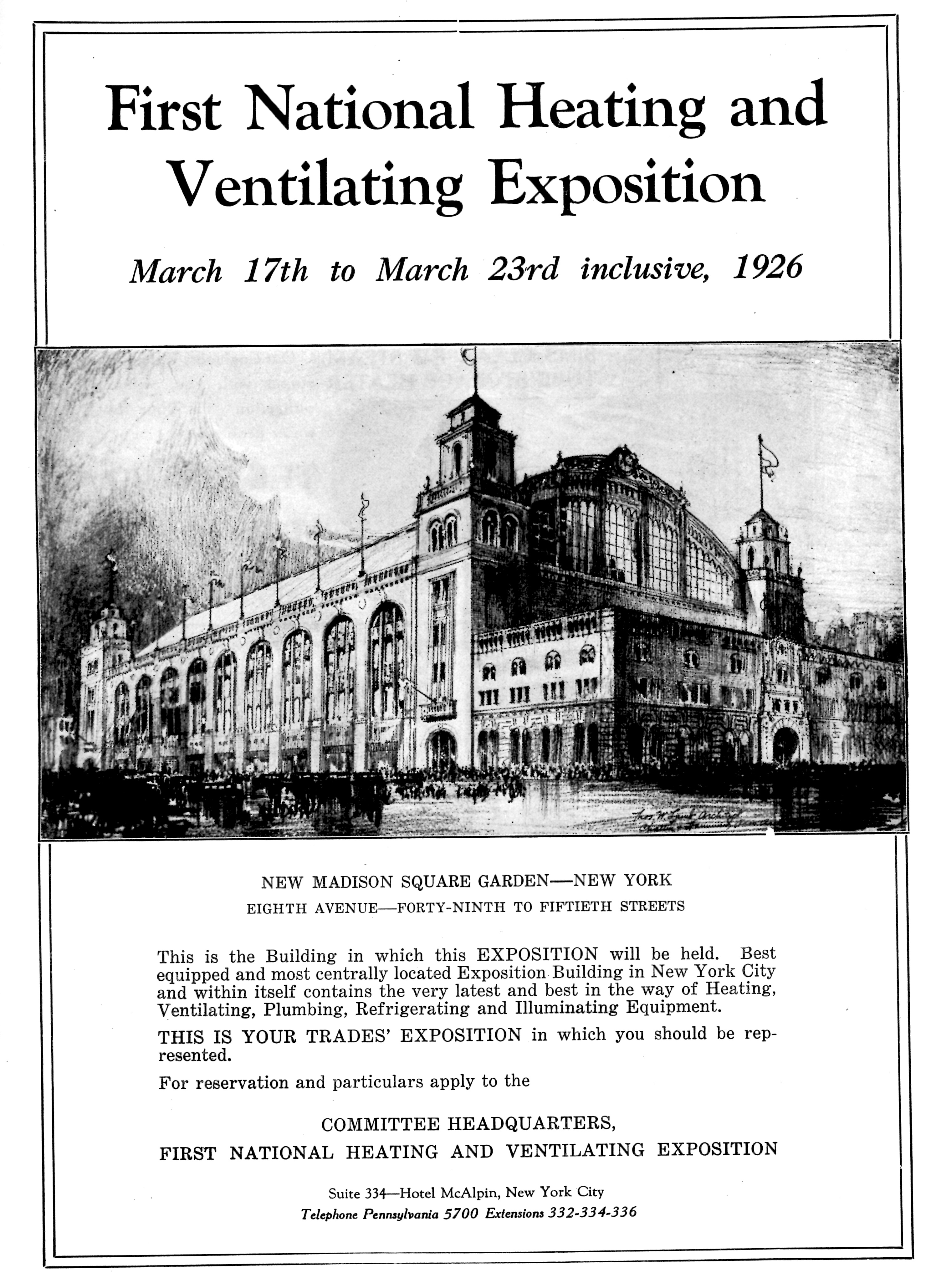
|
|
1927
|
Capillary tube refrigerant control invented by Thomas Carpenter (US Patent 1919500)
|
|
|
1927
|
Crosley Icy Ball portable aqua-ammonia absorption Refrigeration unit for rural areas
|
|
|
1927
|
Modern type “thermostatic expansion valve” patented by Harry Thompson (US Patent 1747958)
|
|
|
1928
|
Radiant panel heating introduced in US
|
|
|
1928
|
Clorofluorocarbon refrigerants synthesized by General Motors Research Lab team of Thomas Midgley, Albert Henne and Robert McNary for Frigidaire. Announced publicly in 1930
|
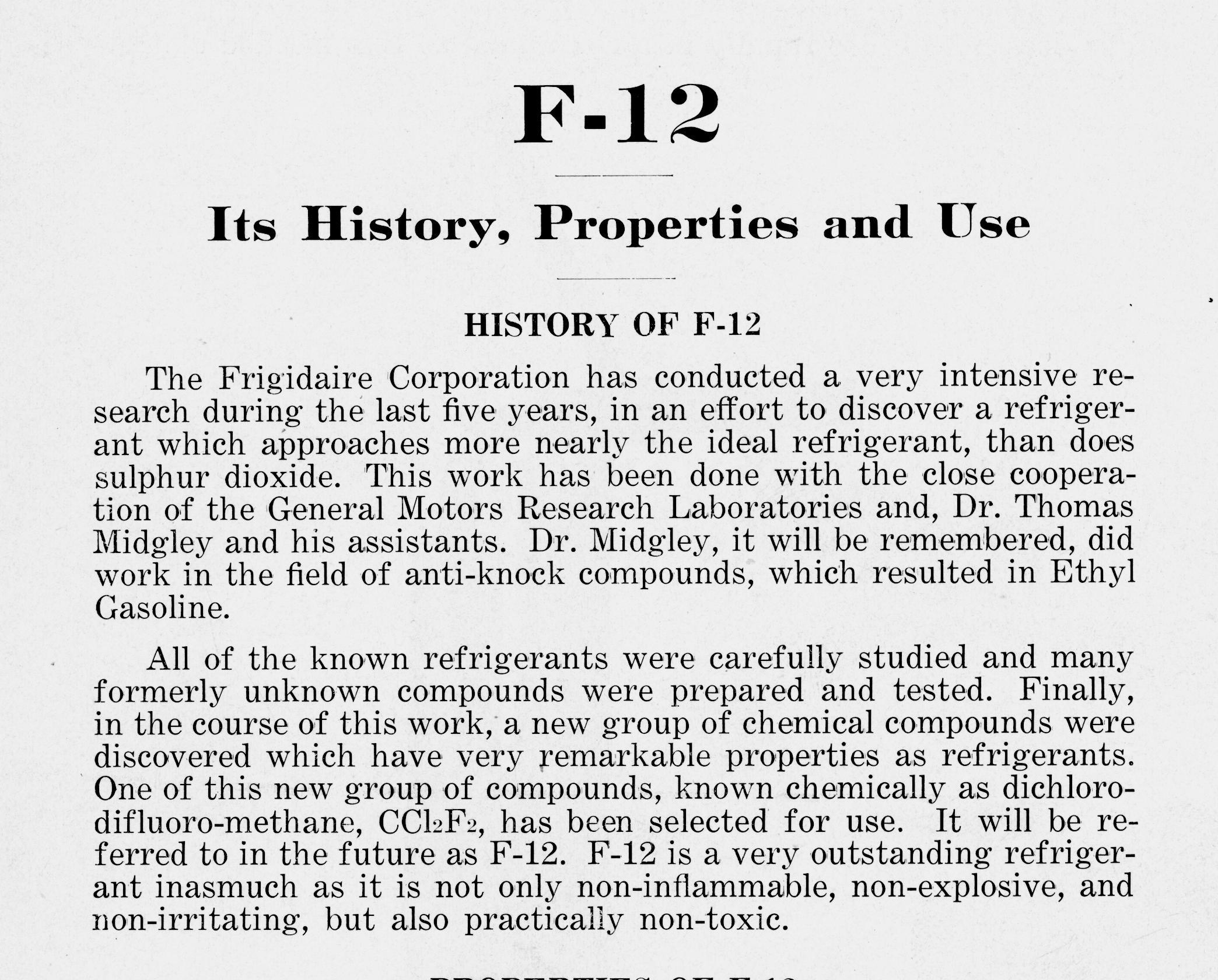 |
|
1928
|
Electrically refrigerated vending machine by Vendometer Corporation of New York
|
|
|
1929
|
Heat Pipe for heating systems patented by Frazer W. Gay
US patent 1725906
|
|
|
1929
|
Frigidaire introduces split system room cooler
|
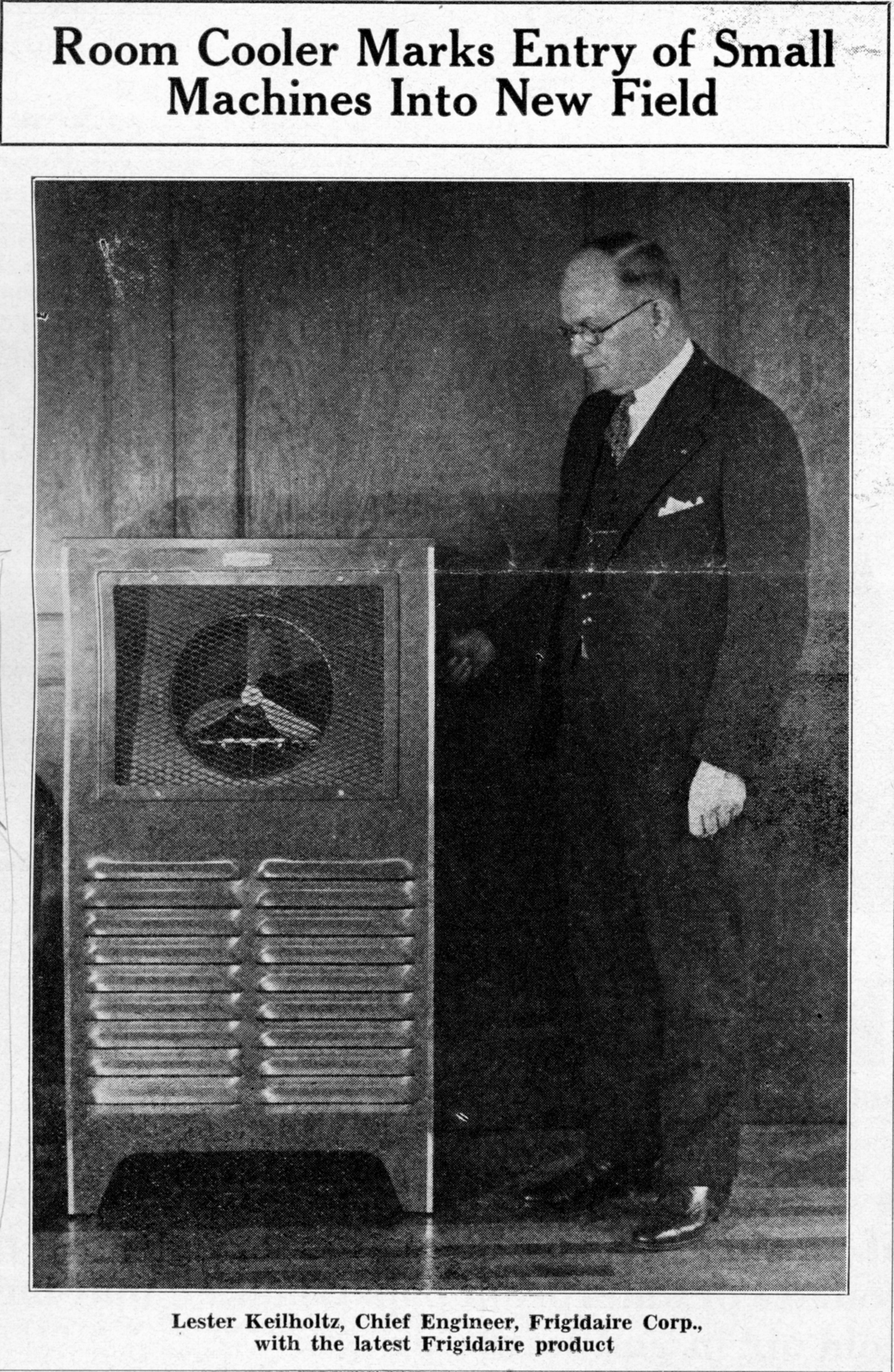
|
|
1930
|
Keesom – Discovery of superfluidity.
|
|
|
1930
|
Railroad passenger terminal, Cleveland OH, air conditioned
|
|
|
1930
|
Kelvinator refrigeration unit used to comfort cool a customized Cadillac automobile.
|
|
|
1930
|
Railroad passenger terminal, Cleveland OH, air conditioned
|
|
|
1930
|
I. Amundsen – Domestic adsorption refrigerator (activated carbon: methyl alcohol)
|
|
|
1930
|
1st International Heating and Ventilating Exposition held in Philadelphia, Pennsylvania.
|
|
|
ca 1930
|
Sulzer conceived the “dry piston” compressor
|
|
|
ca. 1930-35
|
First market survey of air conditioning “…sent to 2000 high grade men and 500 high grade women.” By Time Magazine
|
|
|
1931
|
Georges Ranque discovered the production of cold by the vortex effect. “French patent, 1933)
|
|
|
1931
|
Rockefeller Center designed with air conditioning.
|
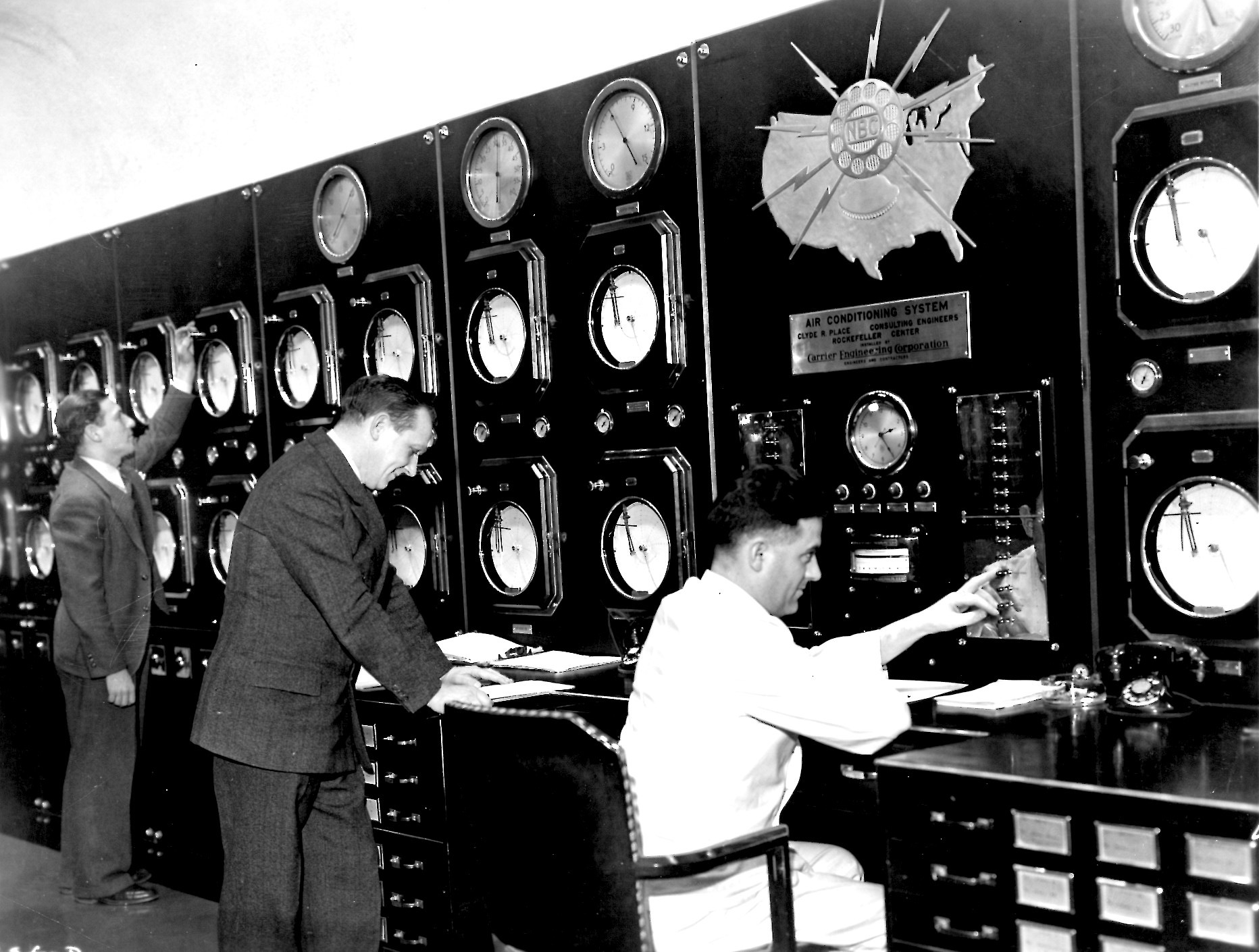 |
|
1931
|
Southern California Edison C. installed a heat pump air conditioning system in its Los Angeles office building
|
|
|
1932
|
Chesapeake & Ohio Railroad begins running first overnight train with air conditioning, the between New York and Washington.
|
|
|
1932
|
G. Maiuri – Multi-stage ammonia absorption machine
|
|
|
1933
|
Package heat pump air conditioner marketed by De La Vergne
|
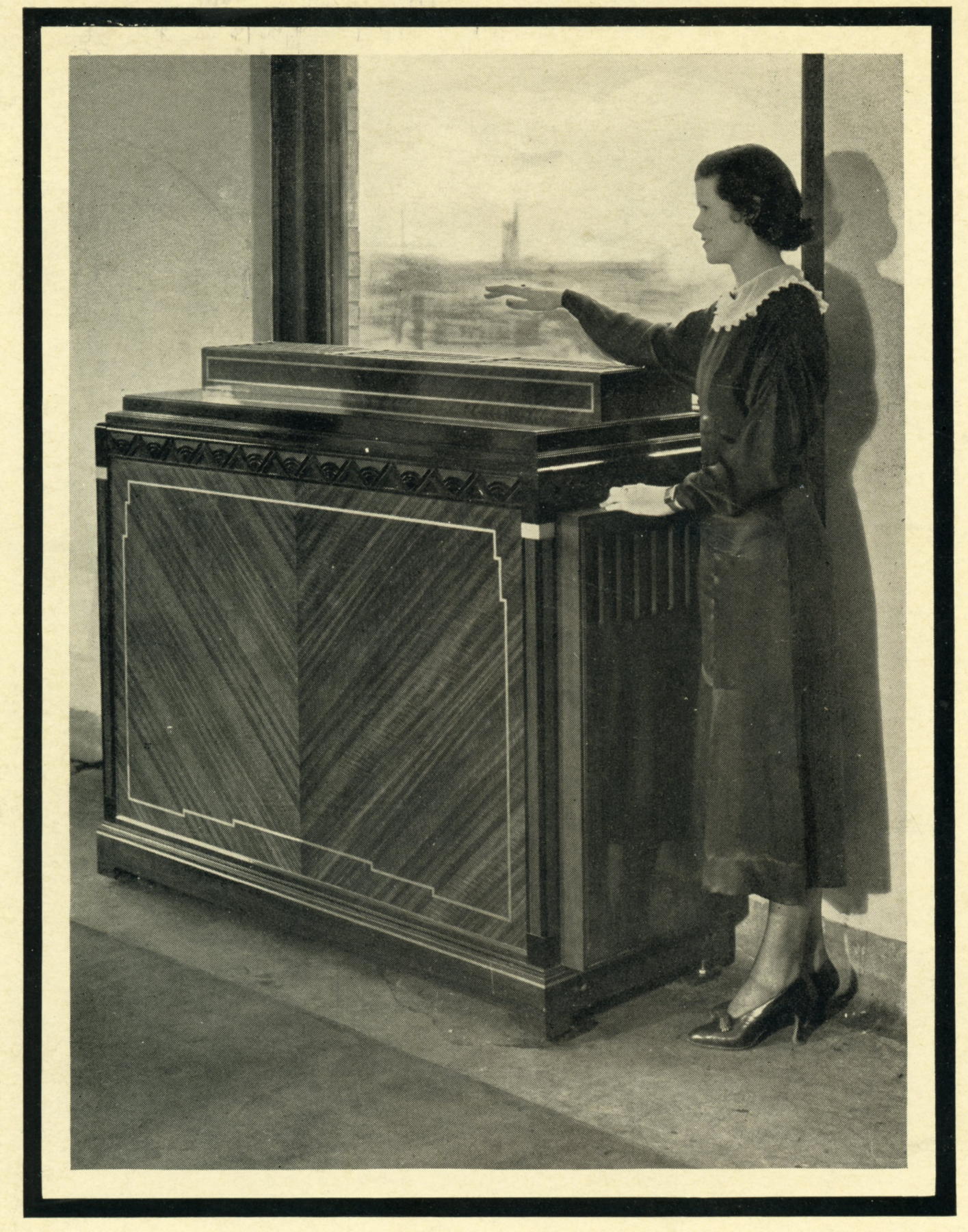
|
|
1934
|
Six air-conditioned homes displayed at "Century of Progress" Chicago World's Fair.
|
|
|
1934
|
Lysholm conceived the screw compressor (with two rotors)
|
|
|
1935
|
934 air conditioning installations reported in Chicago. Includes 171 offices, 143 restaurants, 136 theaters, 90 stores, and 69 restaurants.
|
|
|
1935
|
48 tract homes constructed in Washington DC that featured year – round General Electric air conditioning.
|
|
|
1935
|
Freeze-drying. Paper by E.W. Flosdorff and S. Mudd (U.S.) described freeze-drying equipment developed by them in previous years.
|
|
|
1935
|
Air-Conditioning Manufacturers Association was formed in the U.S.
|
|
|
ca 1935
|
Small electromagnetic refrigerating compressor developed by W. Konig.
|
|
|
1936
|
United Air Lines uses air conditioning in its "three mile a minute" passenger planes.
|
|
|
1936
|
Crosley Radio Corp. markets air-conditioned bed.
|
|
|
1936
|
Albert Henne, co-inventor of the Chlorofluorocarbon Refrigerants, synthesizes refrigerant R-134a. This refrigerant was hailed in the 1980’s as the best non-ozone depleting replacement for the most commonly used Chlorofluorocarbon.
|
|
|
1937
|
High-pressure air-conditioning system "Conduit Weathermaster" first installed. Designed by Carlyle Ashley and Willis Carrier.
|
|
|
1937
|
A.A. Berestneff – “Kathabar” open absorption refrigerating system (water: lithium chloride)
|
|
|
1937
|
Kapitza, Allen – Theory of superfluid helium
|
|
|
1938
|
Window type air conditioners marketed.
|
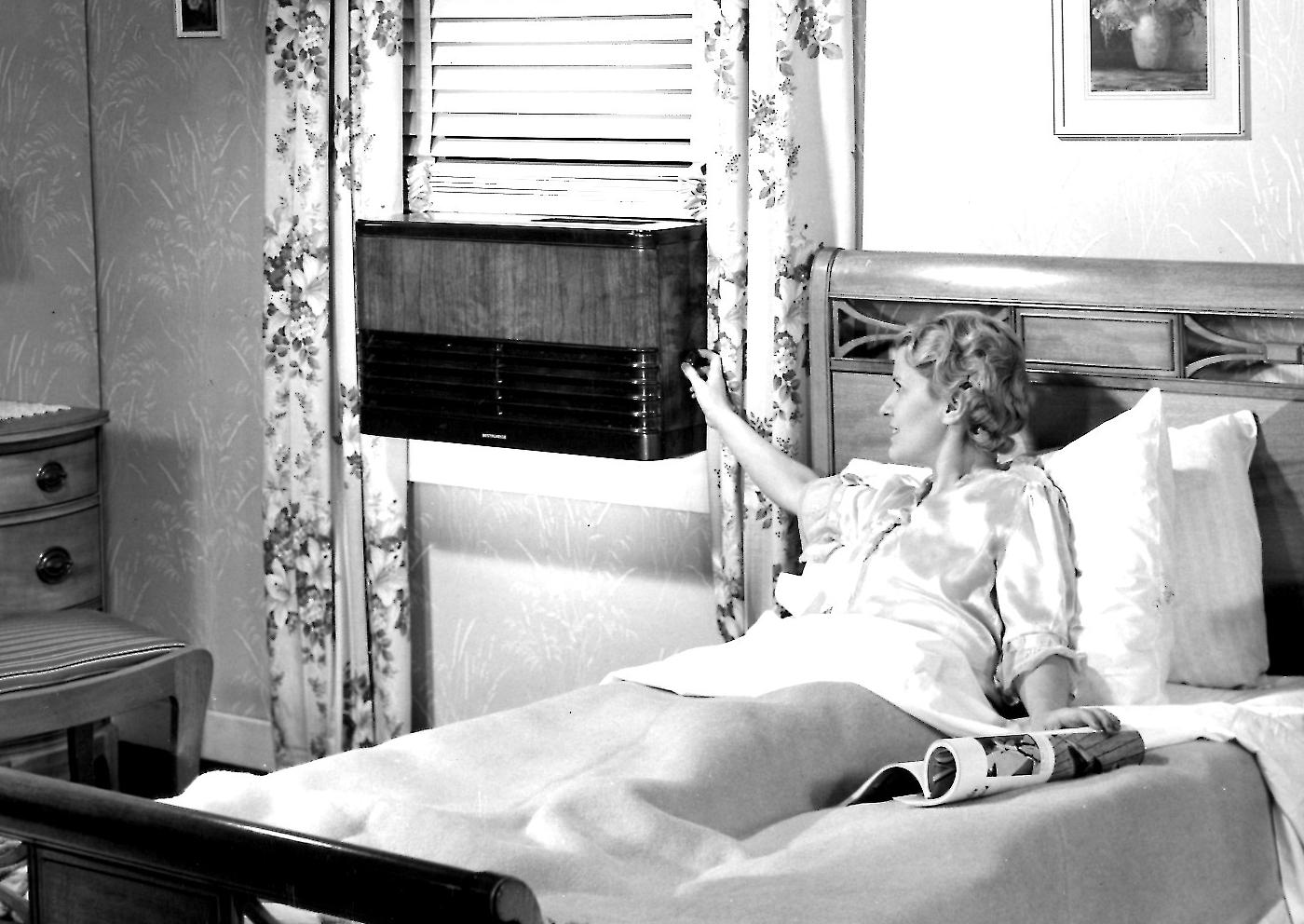 |
|
1938
|
Modern Electrostatic air filter patented by Gaylord Penney. US patent 2129783
|
|
|
1938
|
U.S. Capitol, Senate Office Building, Old and New House Office Buildings completely air-conditioned by York Ice Machinery Co. At that time, the largest air conditioning system in the world.
|
|
|
1939
|
Packard markets first successful year-round auto air conditioning system.
|
|
|
1939
|
Freeze-drying of penicillin. First experiments in Great Britain. Industrial preparation in 1943.
|
|
|
1940
|
Freeze-drying of blood plasma. Semi-industrial preparation in the U.S.
|
|
|
ca 1940
|
Absorption refrigerating machine using lithium bromide: water. Studies by Servel and Carrier.
|
|
|
ca 1940
|
Non-lubricated piston compressor, with Teflon rings impregnated with graphite
|
|
|
1942
|
Heat pipe invented by R.S. Gaugler,( U.S. patent 1944)
|
|
|
1944
|
Air cycle refrigerating machine used to cool an airplane (Lockheed)
|
|
|
1945-50
|
Introduction of insulating foams
|
|
|
1947
|
43,000 Window Air Conditioners sold in the U.S.
|
|
|
1949
|
Peltier – Thermoelectric domestic refrigerator. A.F. Ioffe’s first thermocooling modules were made in 1938.
|
|
|
1949-50
|
Introduction of deep hypothermia in experimental surgery: J. Giaja and R.K. Andjus (Yugoslavia) and W.G. Bigelow (Canada). First tried in 1939 in the U.S.A. by C.A. Kossman.
|
|
|
ca 1950
|
Prototype absorption refrigerating machines heated by solar energy, notably by G. Lof.
|
|
|
ca 1950
|
Beginning of commercial development of heat pumps (U.S.) - 2000 made in 1954, 76,000 in 1963, 300,000 in 1976.
|
|
|
1952
|
Less than 1 % of U.S. homes have a room air conditioner.
|
|
|
1952
|
360,000 window air conditioners sold that year.
|
|
|
ca 1952
|
J. Donald Kroeker – Heat pump installations on office buildings and shopping centers using ground water as the heat source.
|
|
|
1953
|
Two associations, the Refrigeration Equipment Manufacturers Association (REMA) and the Air- Conditioning and Refrigerating Machinery Association (ACRMA), unite to become the Air-Conditioning and Refrigeration Institute (ARI)
|
|
|
ca 1955
|
Penrod – studies of earth heat pumps
|
|
|
1957
|
1st development of scroll compressor
|
|
|
ca 1958
|
Screw compressors used industrially, for refrigeration.
|
|
|
1958
|
First ARI performance rating standard for heat pumps is published.
|
|
|
1958
|
ARI initiates first product rating performance certification program for unitary air conditioners. ARI certification “seal” is introduced.
|
|
|
1958
|
In December, members of ASRE and ASHAE vote to merge into the American Society of Heating, Refrigerating, and Air-Conditioning Engineers (ASHRAE).
|
|
|
1959
|
Establishment of CECOMAF: European committee of manufacturers of refrigeration equipment
|
|
|
1966
|
First air-conditioned school with no windows (New York)
|
|
|
1967
|
B. Zimmern – Single screw air compressor
|
|
|
1968-72
|
R-22 becomes standard refrigerant for unitary air conditioners and heat pumps
|
|
|
1969
|
54% of new cars equipped with air conditioning
|
|
|
1972
|
ARI and ASHRAE combine forces for the first co sponsored International Air-Conditioning, Heating, & Refrigeration Exposition
|
|
|
1975
|
Fixed orifice expansion devices introduced for unitary air conditioners
|
|
|
1975
|
ASHRAE Standard 90-75, “Energy Conservation in New Building Design” has a major impact on U.S. building codes.
|
|
|
1975
|
ARI’s Unitary Equipment Directory features energy efficiency ratios (EER) for the first time.
|
|
|
1976
|
Indoor Air Quality becomes a big issue following the outbreak of Legionnaire’s disease in a Philadelphia hotel.
|
|
|
1979
|
The U.S. Department of Energy calls on ASHRAE to help implement the “Emergency Building Temperature Restrictions” program.
|
|
|
1980
|
Scroll compressors developed for unitary air conditioner application
|
|
|
1986
|
Air conditioning joins list of inventions immortalized in the national Inventors Hall of Fame in the U.S.
|
|
|
1990
|
Parties to Montreal Protocol agree in London to amendments that eliminate CFC use and production by the year 2000.
|
|
|
1990s
|
Development of pulse-tube cryocoolers
|
|
|
1992
|
Montreal Protocol revised to advance CFC phaseout to end of 1995, with HCFCs to be phased out in steps by 2030.
|
|
|
1993-94
|
Automobile air conditioners transition to R-134a refrigerant
|
|
|
1994
|
Eurovent established the first industry certification program for air-conditioning equipment in Europe.
|
|
|
1995
|
R-410a introduced as refrigerant for unitary air conditioners
|
|
|
1999
|
A major history exhibit on air-conditioning, “Stay Cool! Air-Conditioning America” opened at the National Building Museum in Washington, DC.
|
|
|
2001
|
The Global Refrigerants Environmental Evaluation Network (GREEN) program was inaugurated as a global testing program to evaluate the performance of hydrocarbon and hydrofluorocarbon refrigerants in HVAC&R equipment.
|
|